Fiber optic splitters, also known as beam splitters, are crucial components in optical communication networks. They are used to split a single optical signal into multiple signals or to combine multiple signals into a single output. This allows for efficient distribution of optical signals to multiple destinations without the need for additional transmitters or receivers.
There are several types of fiber optic splitters, each with its own unique characteristics and applications. The most common types include:
- Fused Biconic Taper (FBT) Splitters:
FBT splitters are one of the most widely used types of fiber optic splitters. They are created by fusing and tapering two or more fibers together to create a splitting region. The splitting ratio is determined by the length and tapering profile of the fibers. FBT splitters are cost-effective and suitable for various applications, including passive optical networks (PON) and local area networks (LAN).

- Planar Lightwave Circuit (plc) Splitters:
PLC splitters are fabricated using lithography and etching techniques to create a waveguide circuit on a silica substrate. This allows for precise control of the splitting ratio and excellent uniformity across a wide range of wavelengths. PLC splitters are highly reliable, compact, and suitable for use in dense wavelength division multiplexing (DWDM) systems and fiber to the home (FTTH) networks.

FBT VS PLC
The different distribution of the split ratio is also one of the main differences between the two.The split variability of the FBT splitter is the biggest advantage of this device.The PLC splitter’s split is equally divided, which allows the signal to be evenly distributed to the users. For example, a 1 x 32 PLC splitter can divide the optical signal into 32 equal parts and then transmit it in 32 different channels. Sometimes, due to the inconsistency of the number of users and distance, it is necessary to distribute the optical power of different lines, at this time, it is necessary to use devices with different splitting ratios, then the FBT splitter will be used.
Optical splitter can also be terminated with different kinds of connectors, and its encapsulation is usually box-type or stainless steel tube type two kinds, box ABS optical splitter generally use 2mm or 3mm diameter fiber optic cable, while the stainless steel tube type optical splitter generally use 0.9mm diameter fiber optic cable.
In addition to these primary types, there are also customized and specialty fiber optic splitters designed for specific applications, such as high-power handling, wavelength-specific splitting, and harsh environmental conditions.
When selecting a fiber optic splitter for a particular application, it is essential to consider factors such as splitting ratio, insertion loss, polarization dependence, operating wavelength range, and environmental conditions. By understanding the characteristics of different types of fiber optic splitters, network engineers and designers can make informed decisions to ensure optimal performance and reliability in optical communication systems.



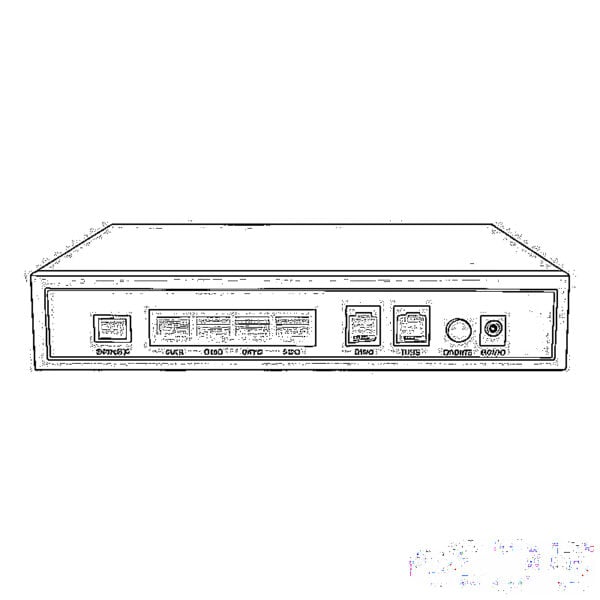
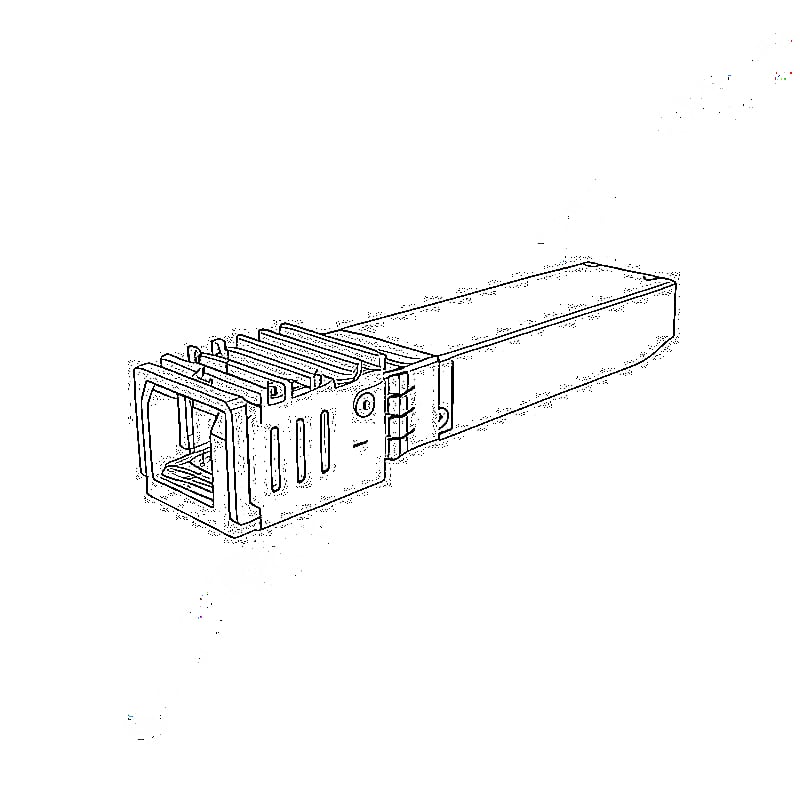
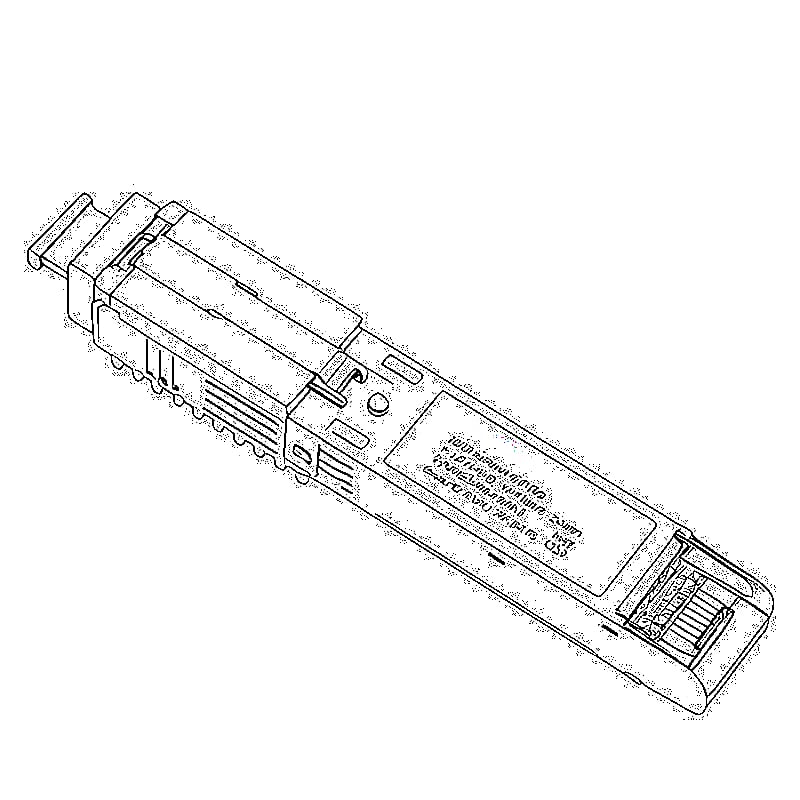
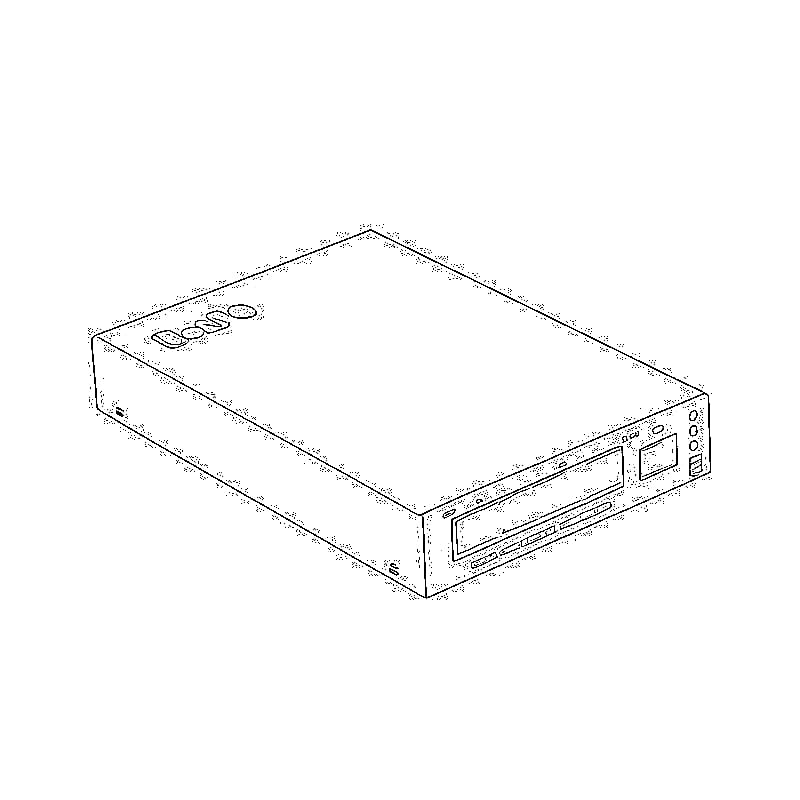
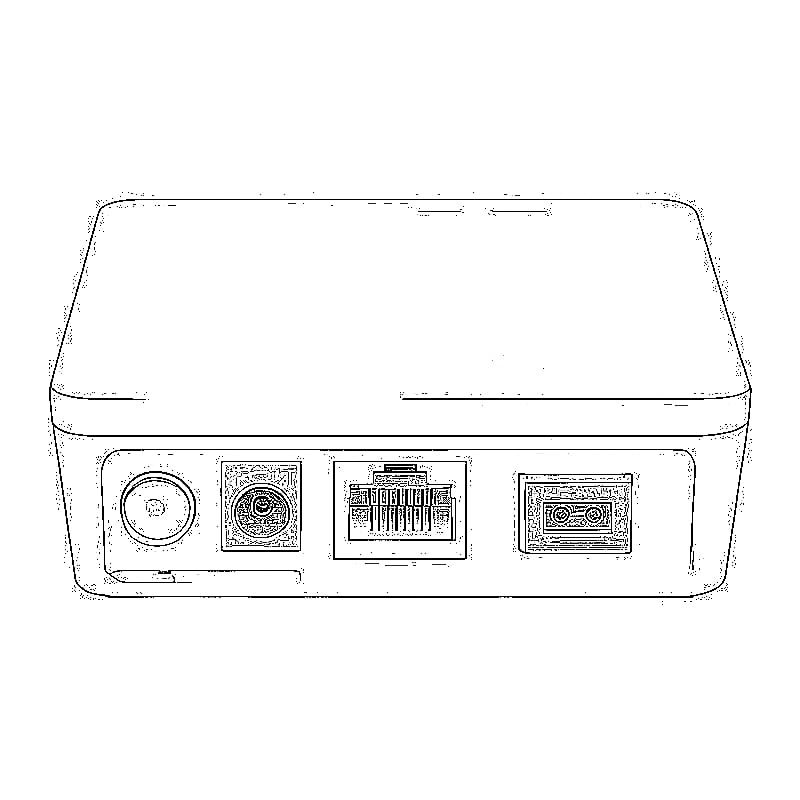
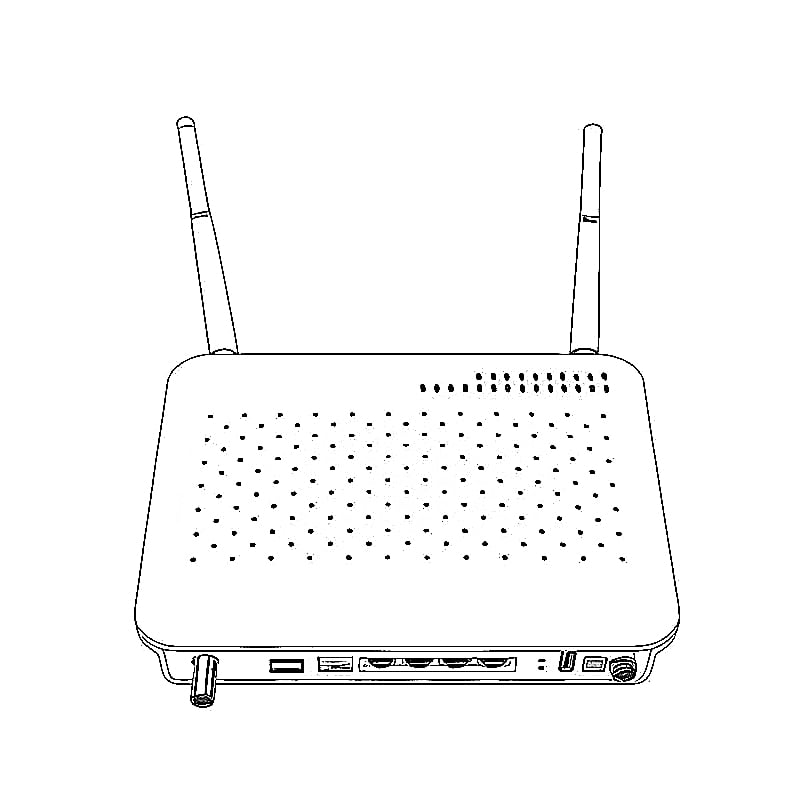
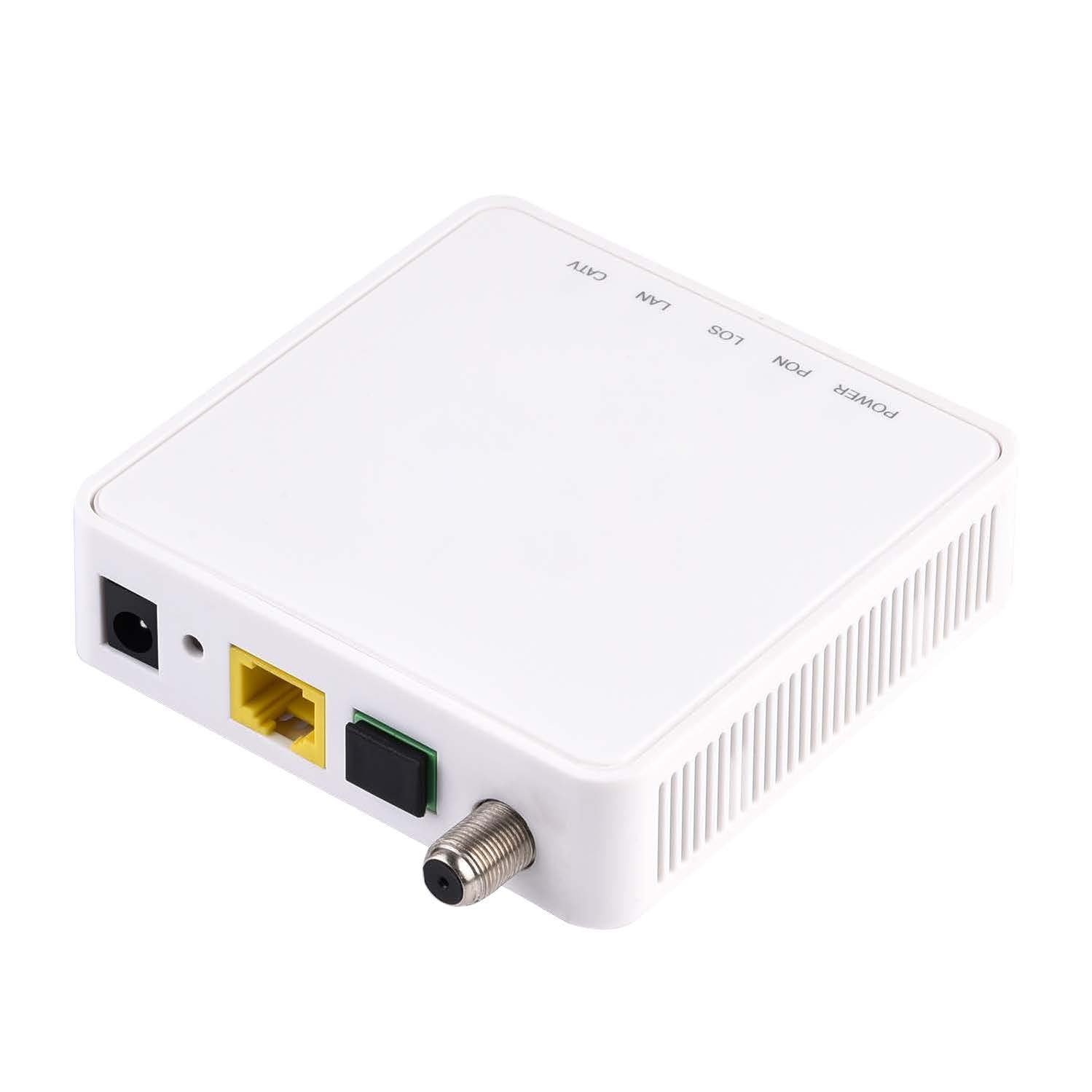
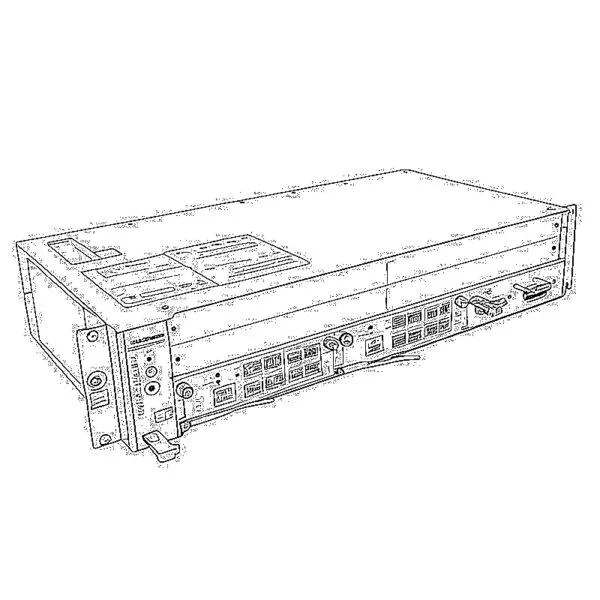
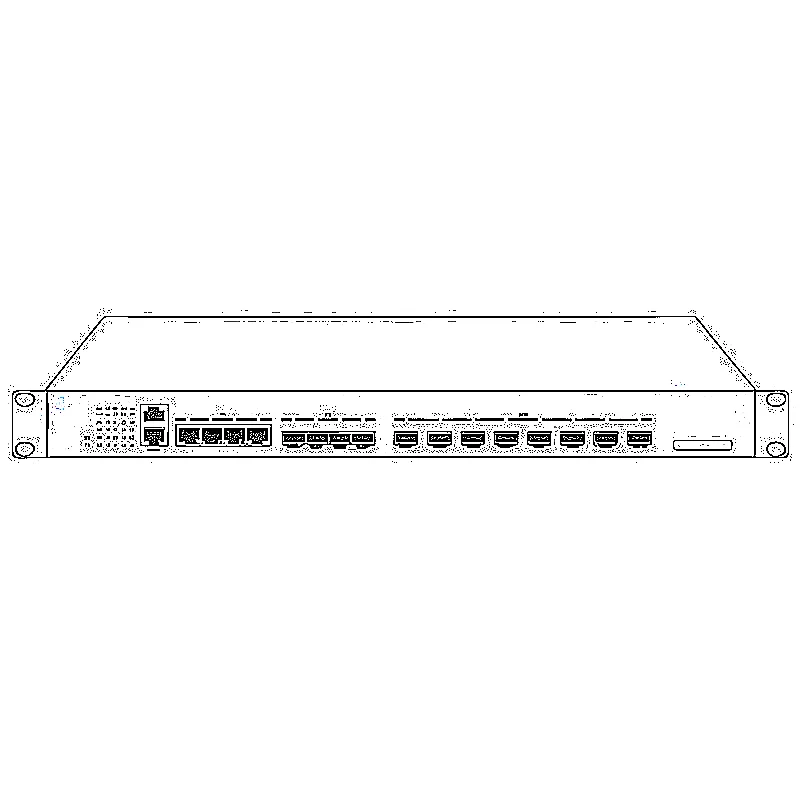
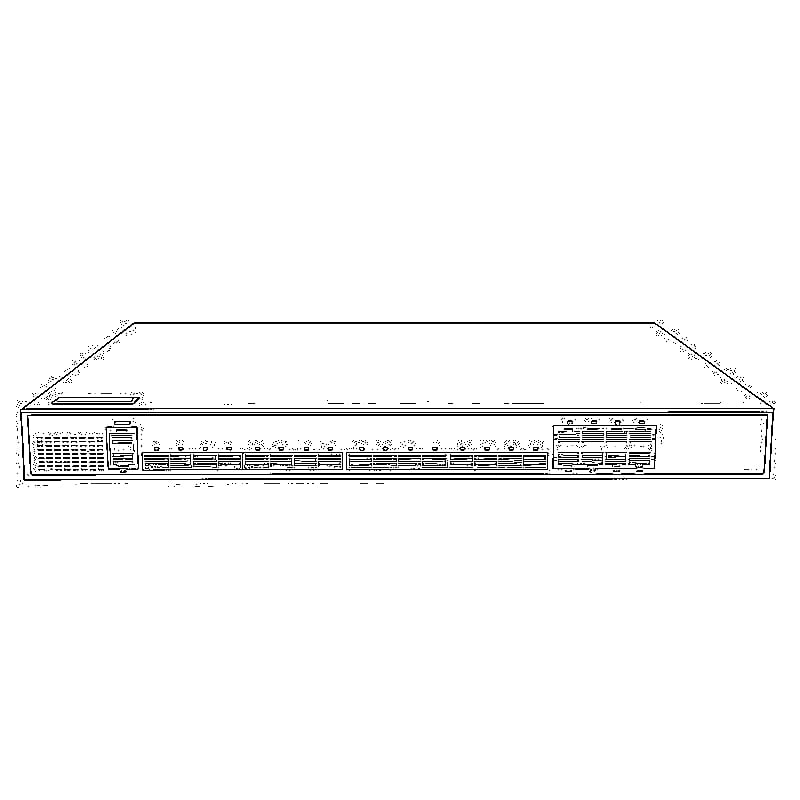
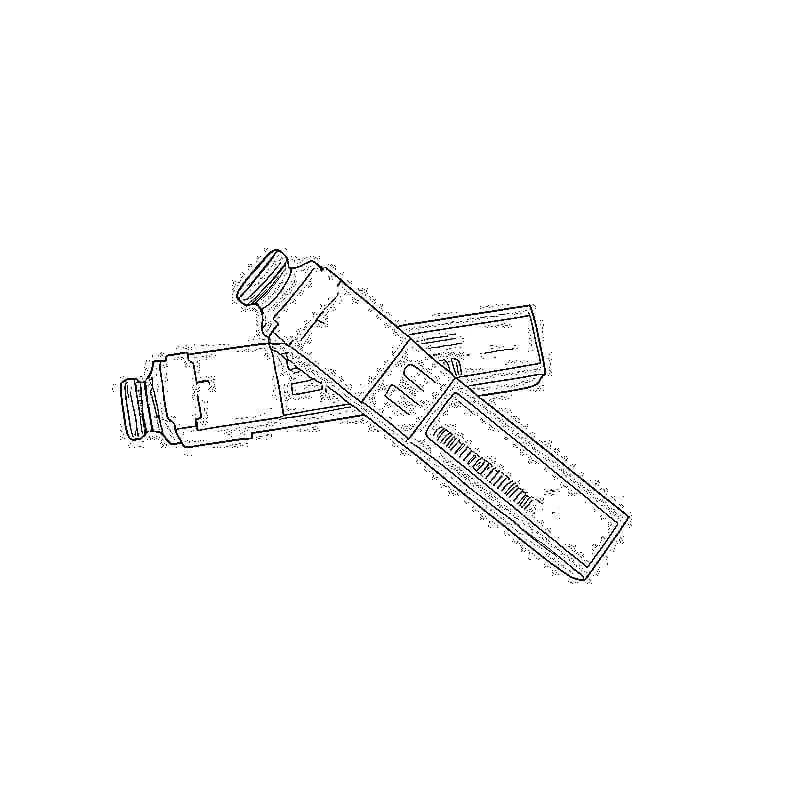
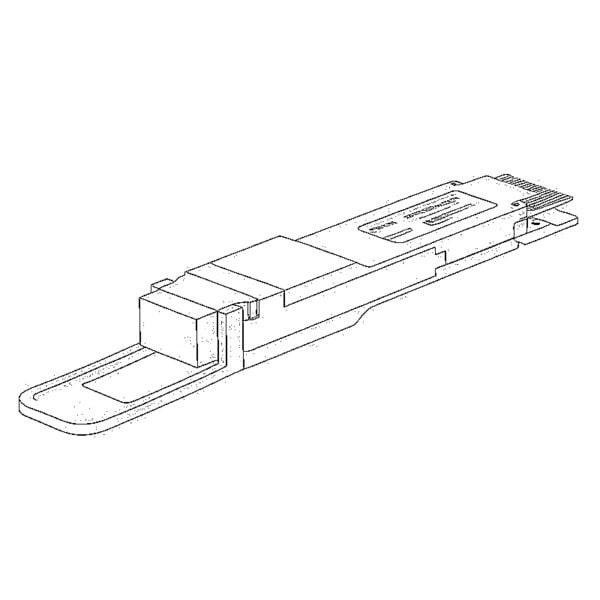
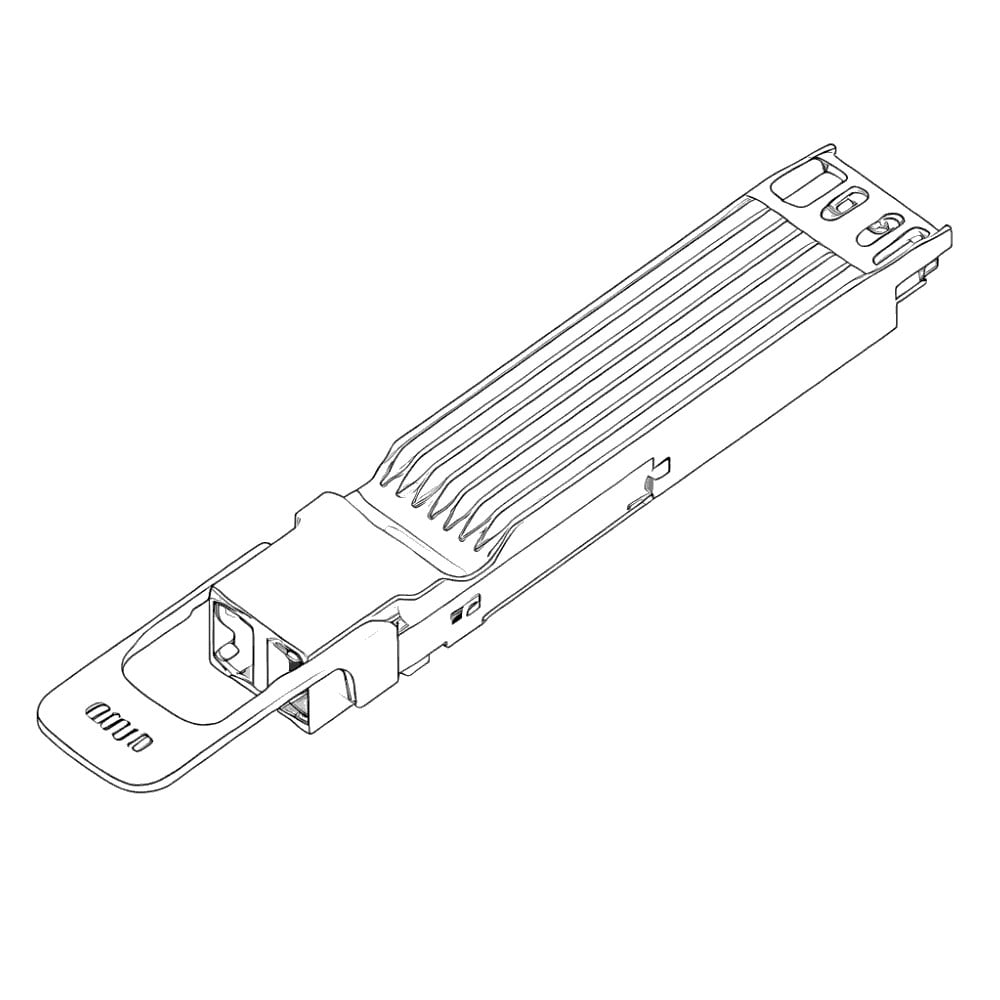
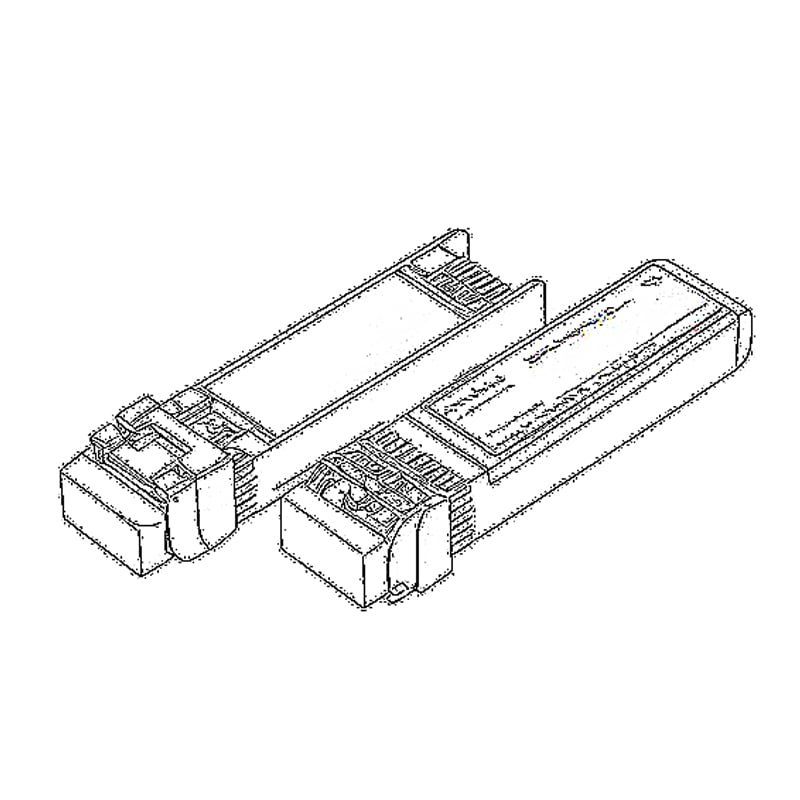
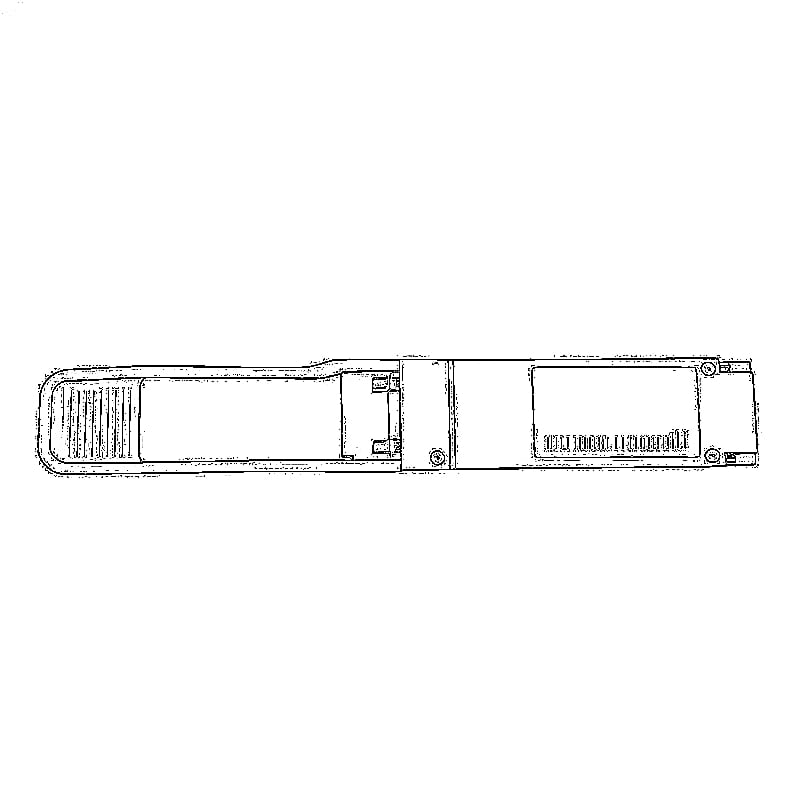
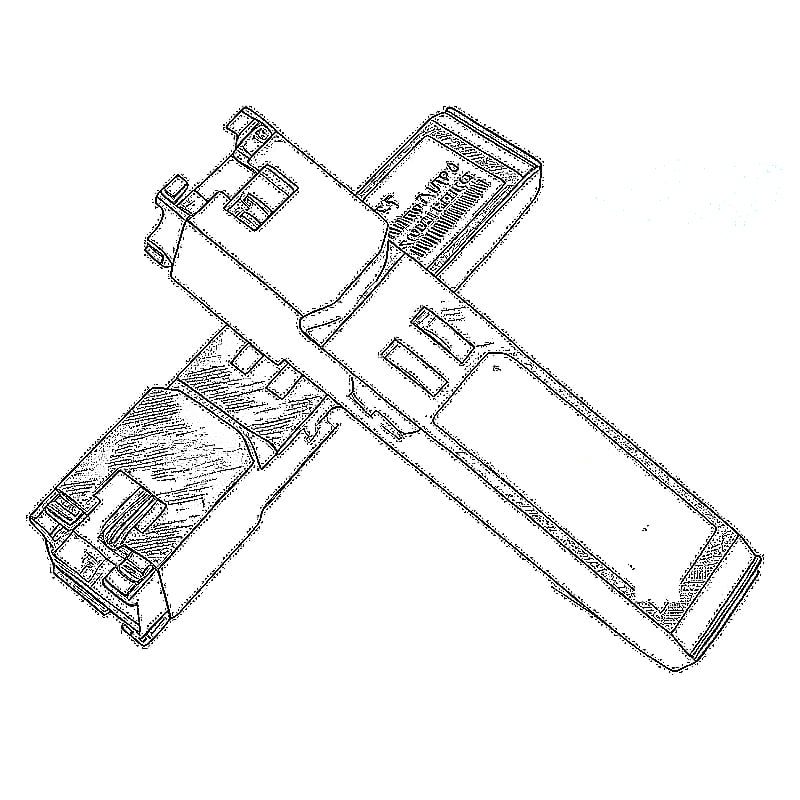
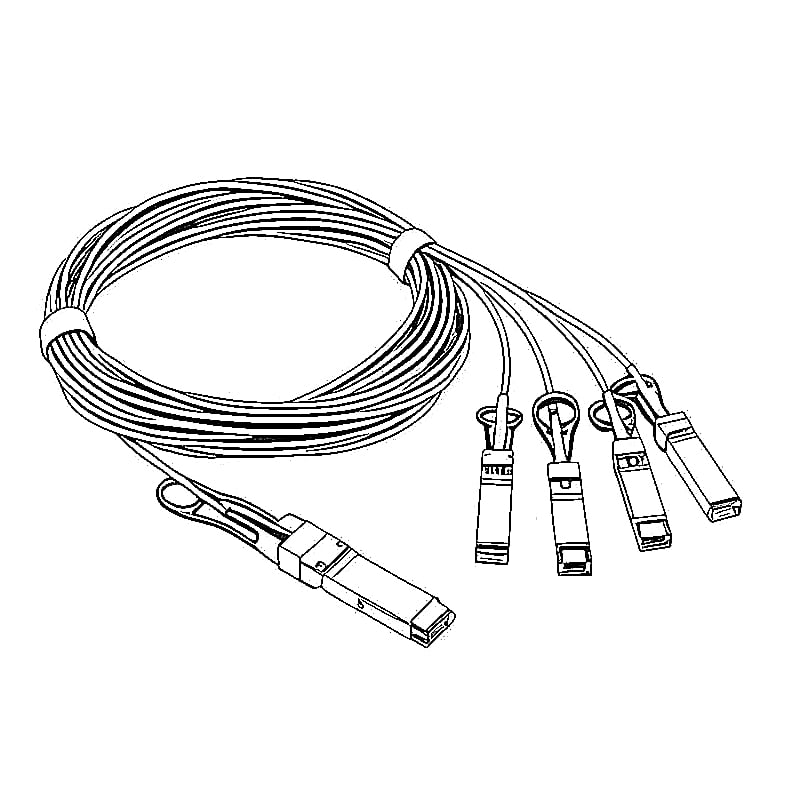
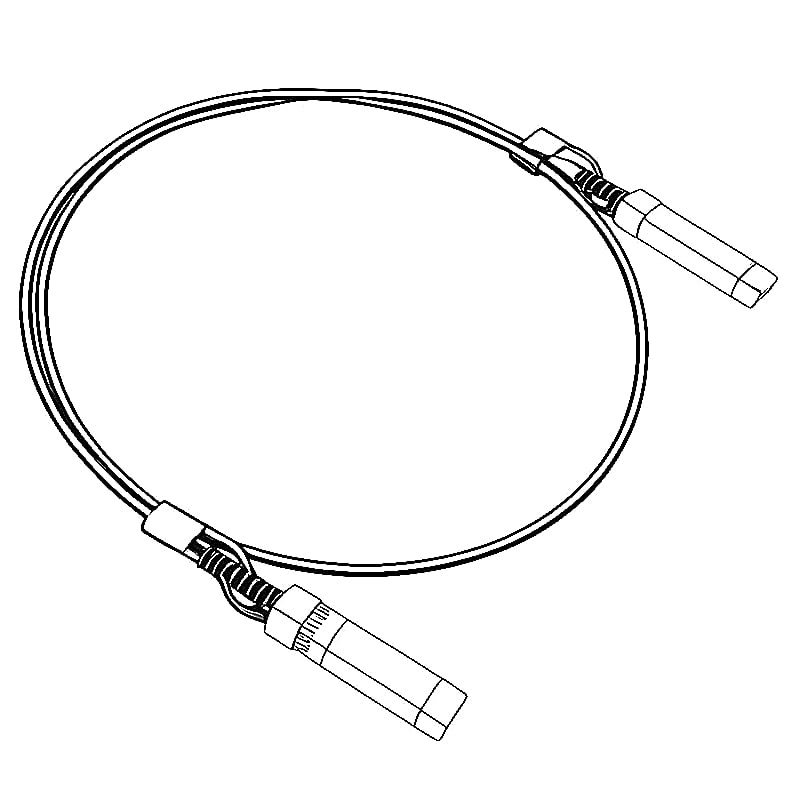
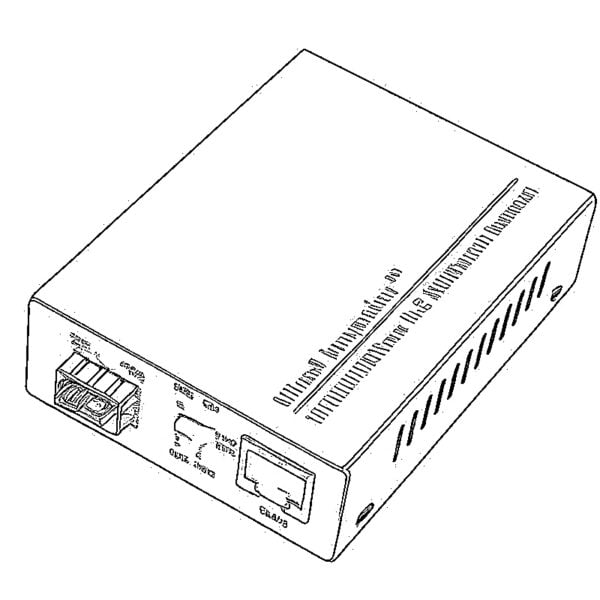
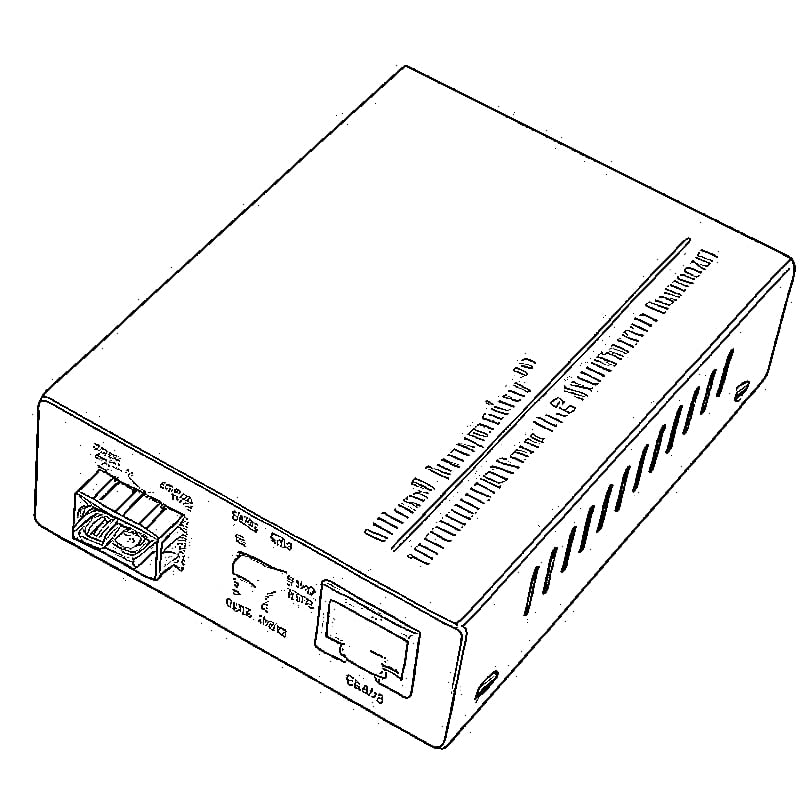
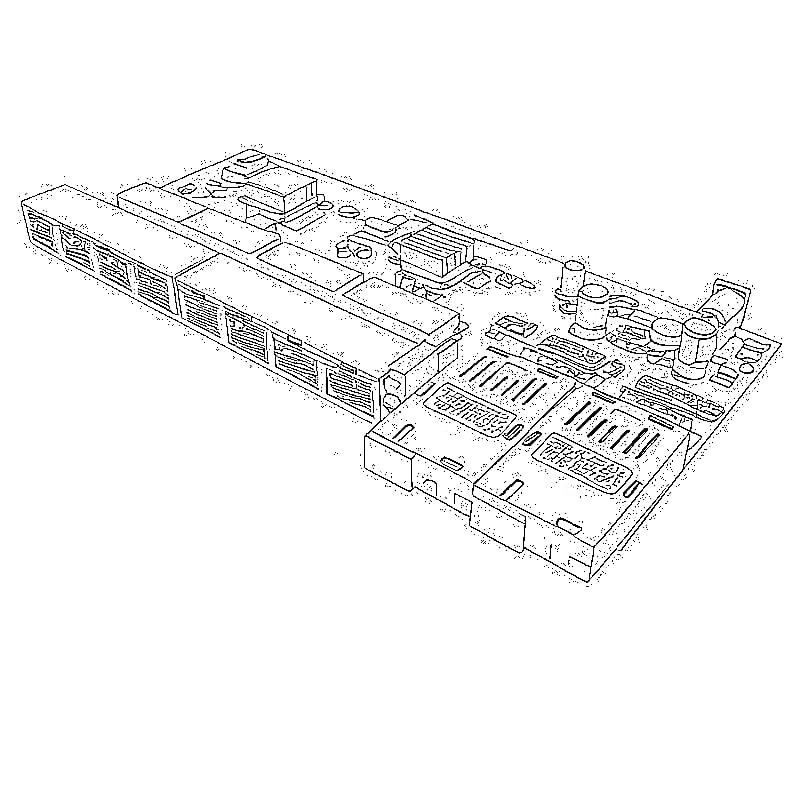
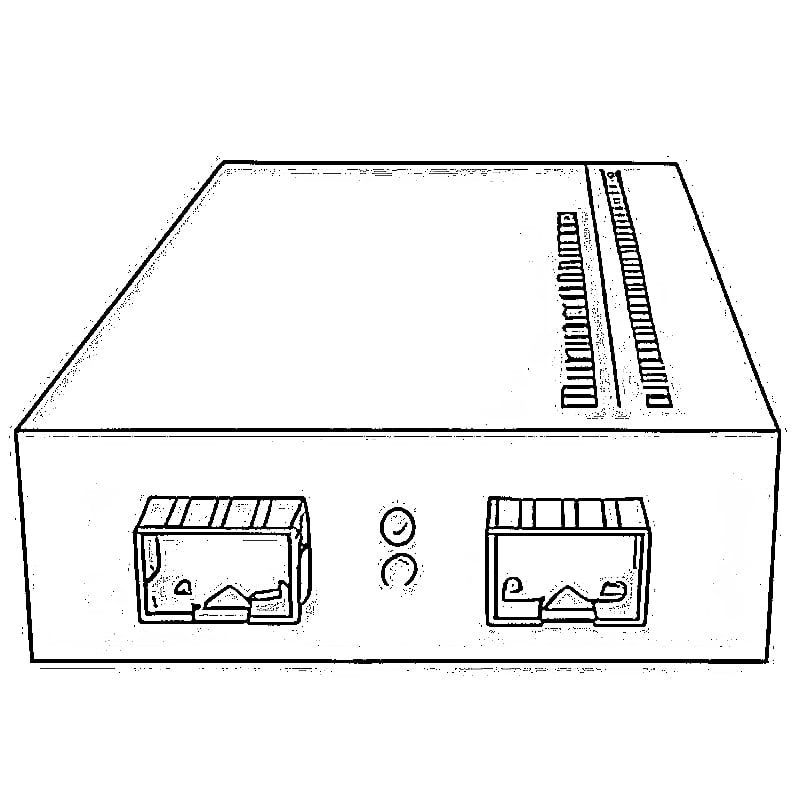
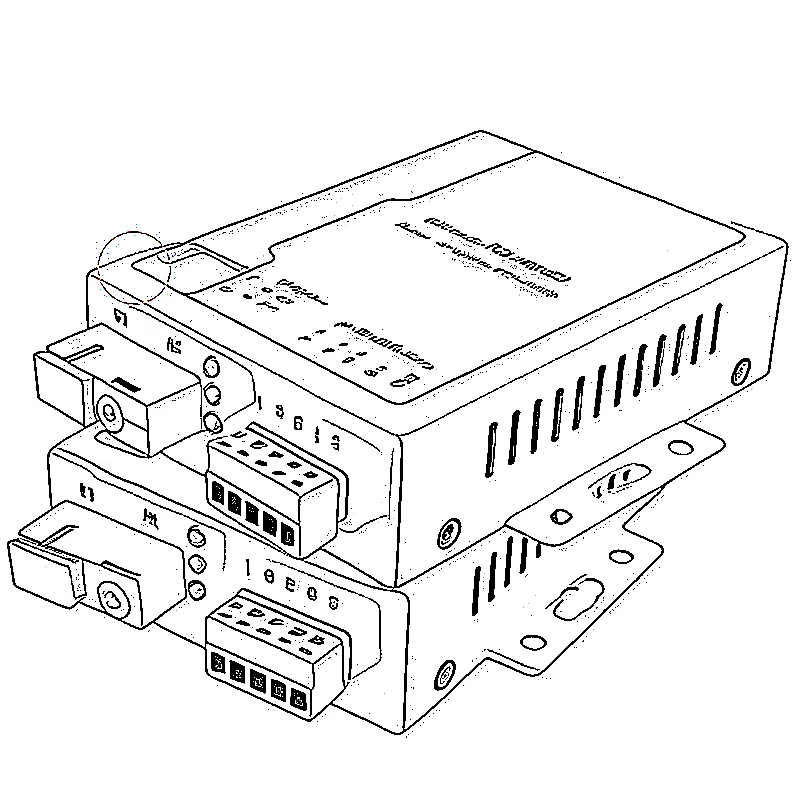
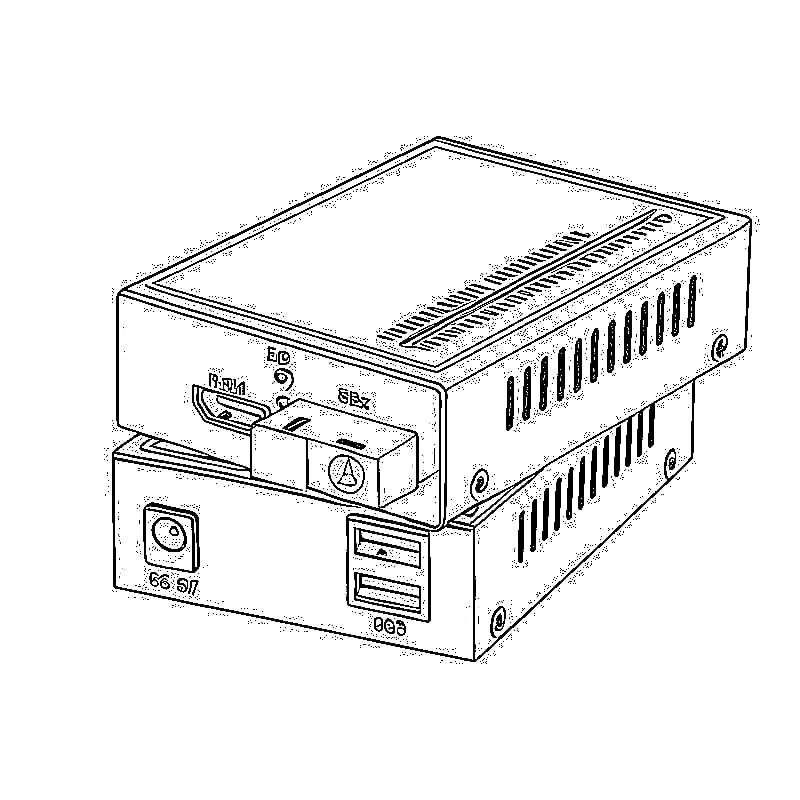

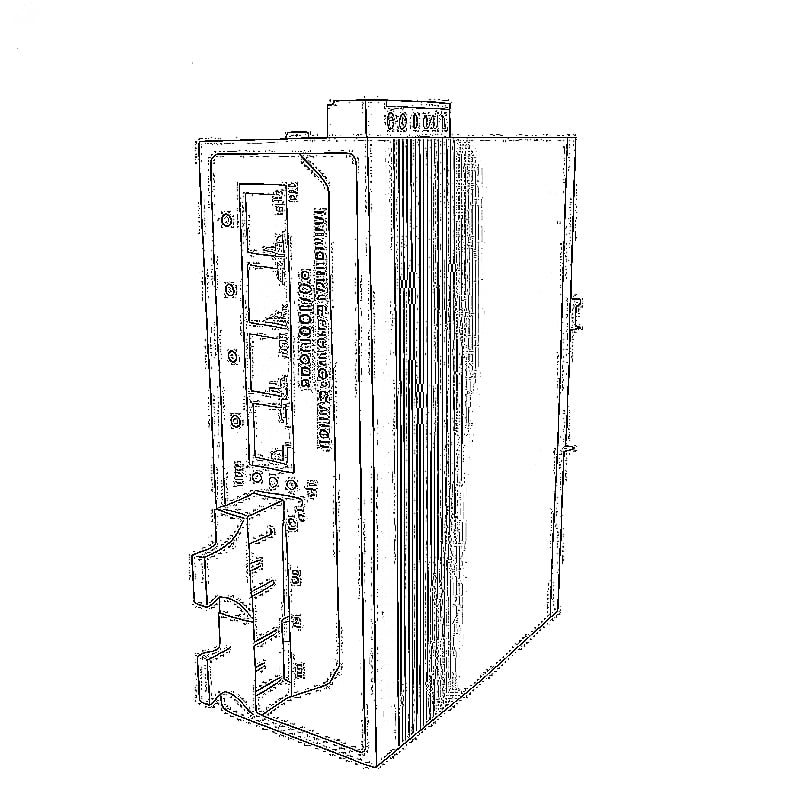
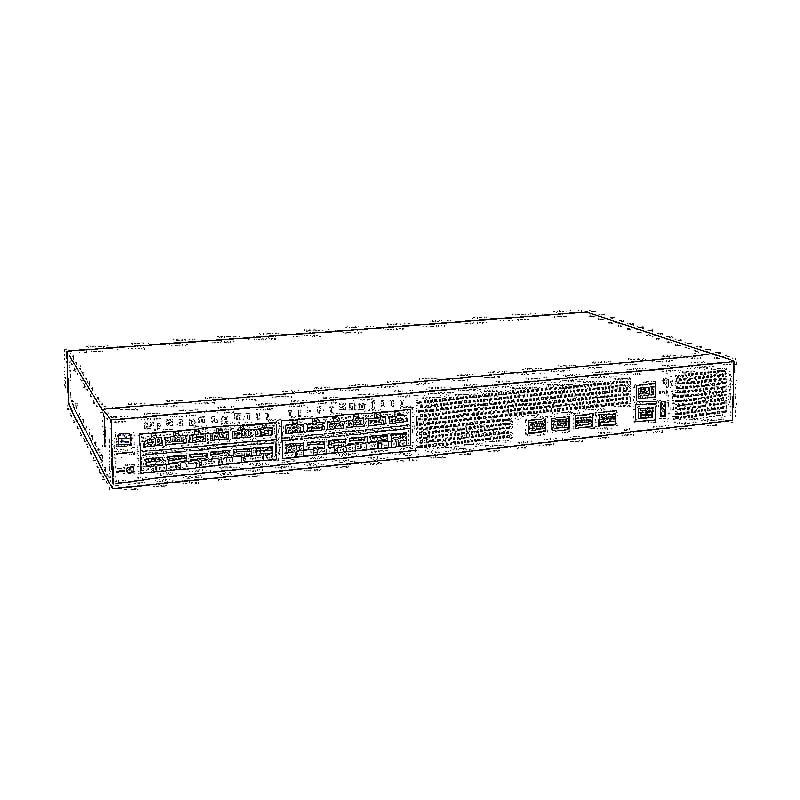
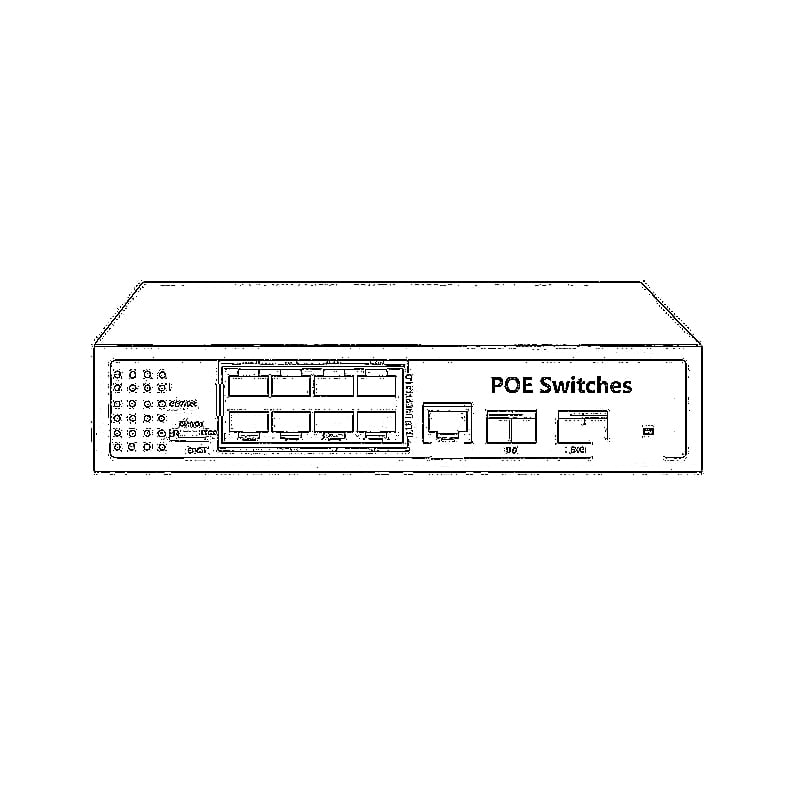
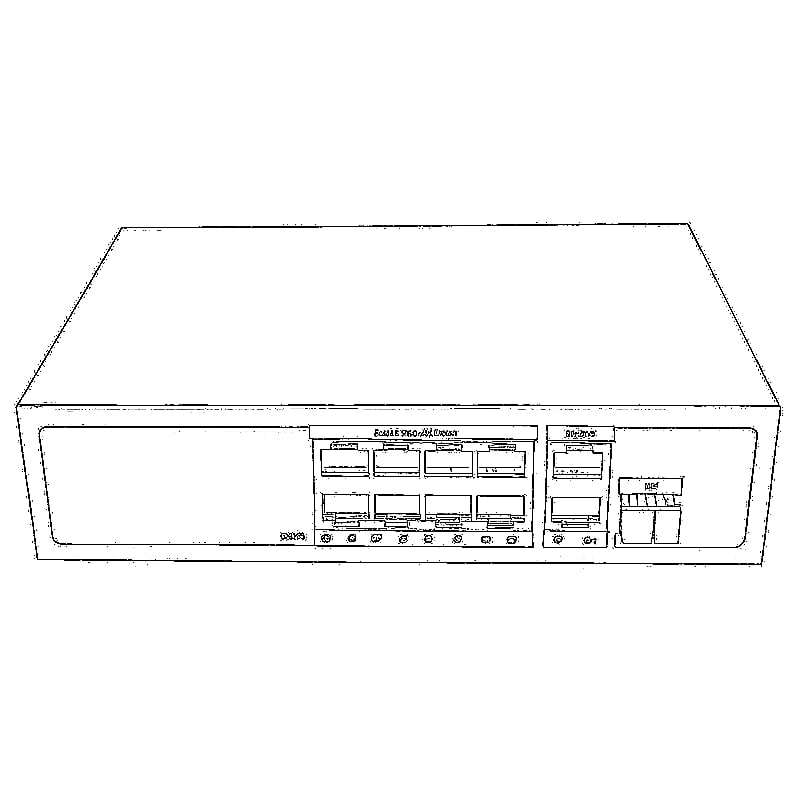
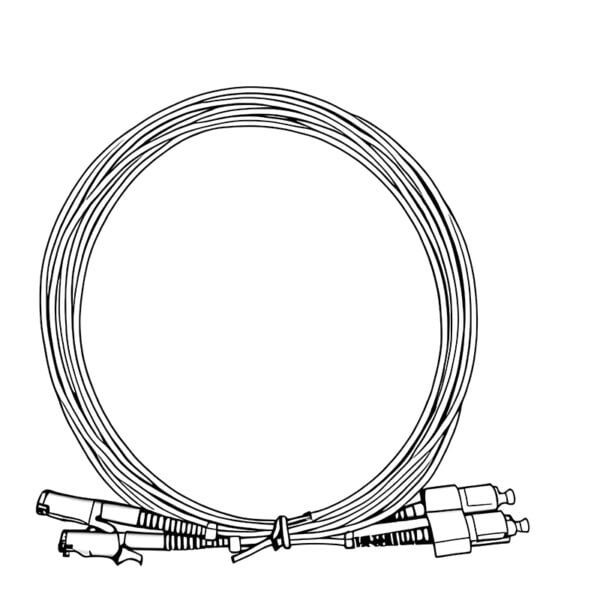
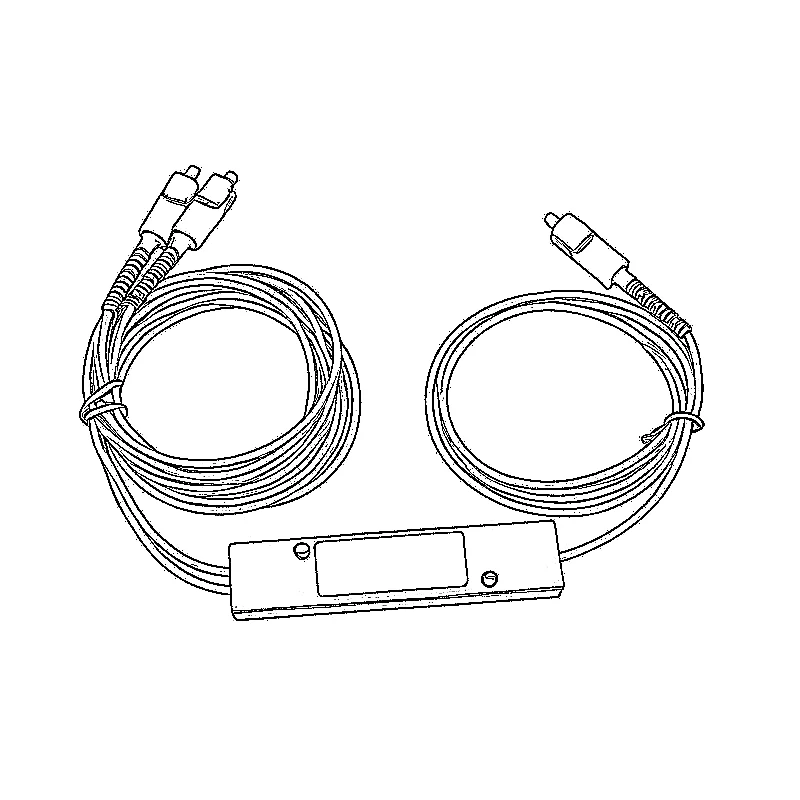
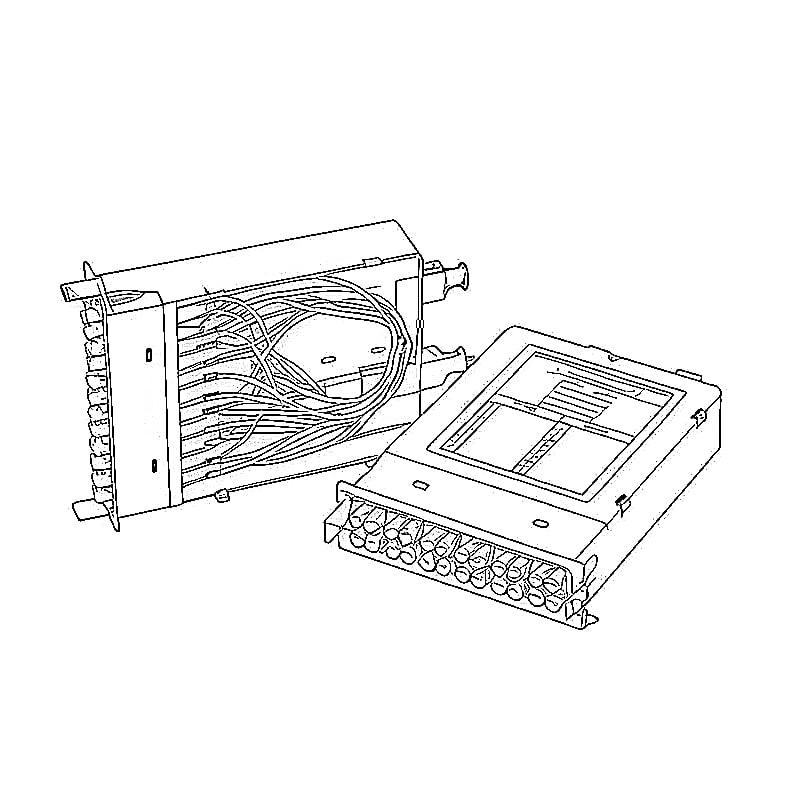
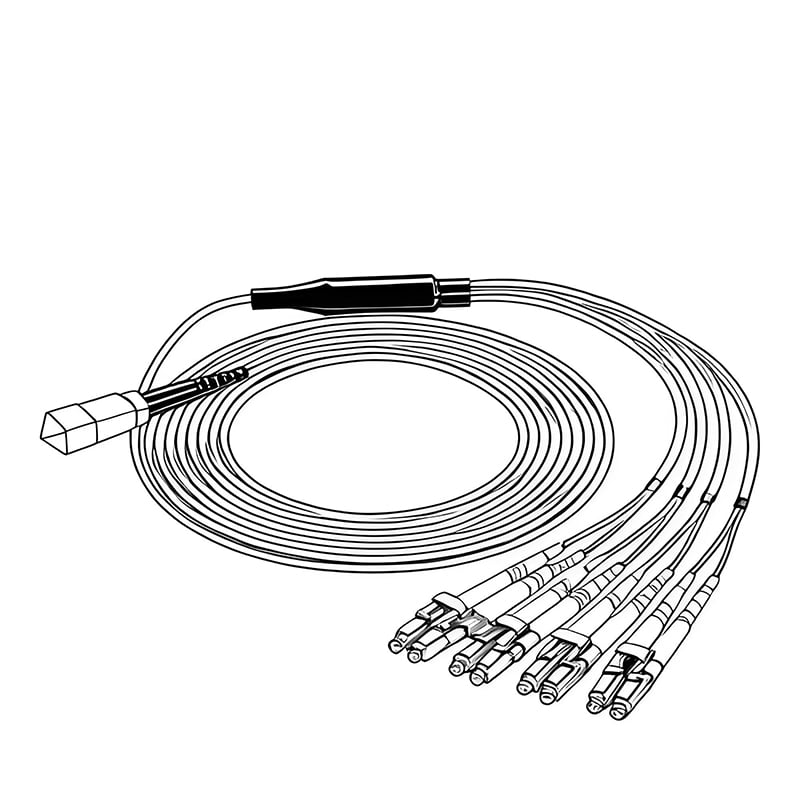
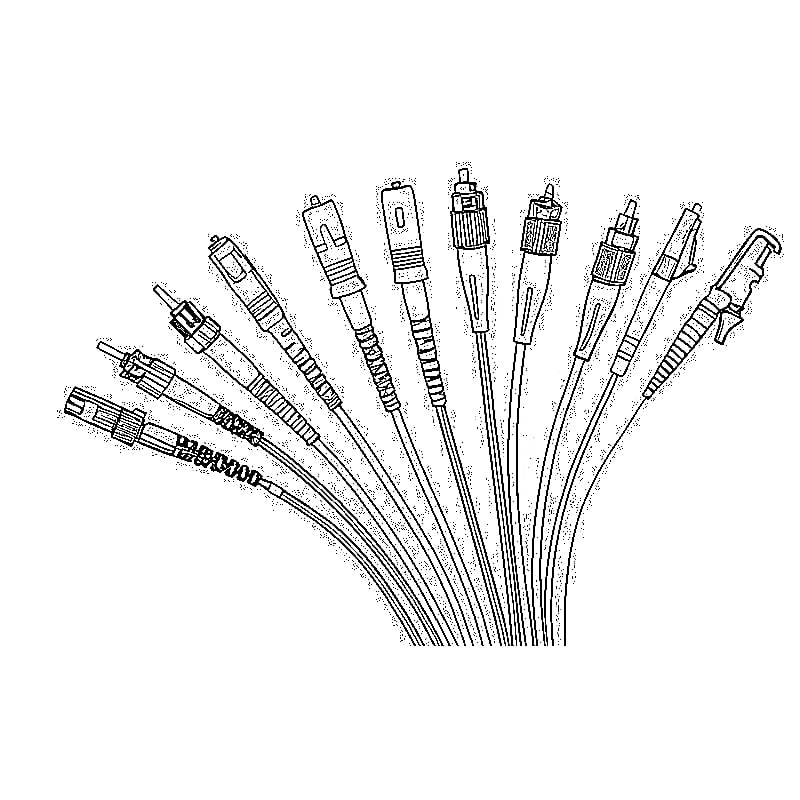
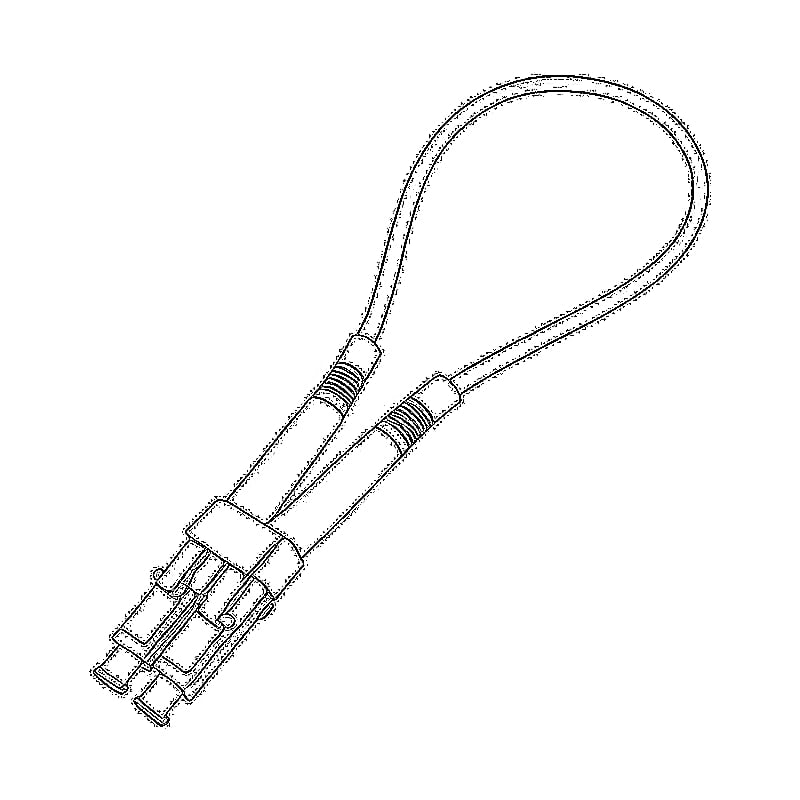
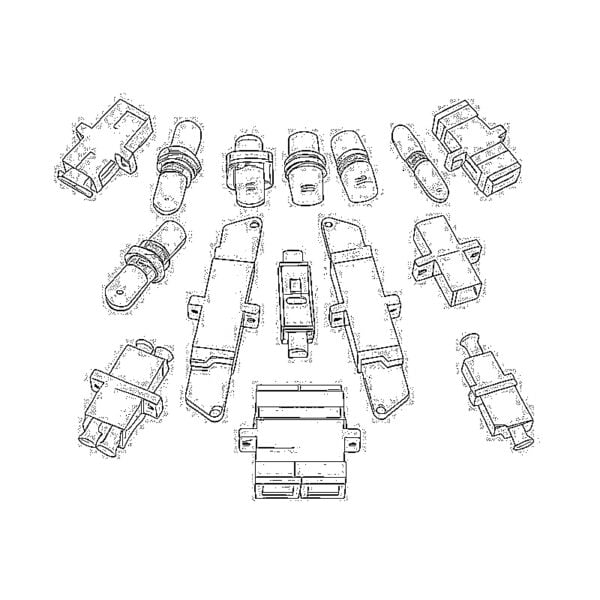
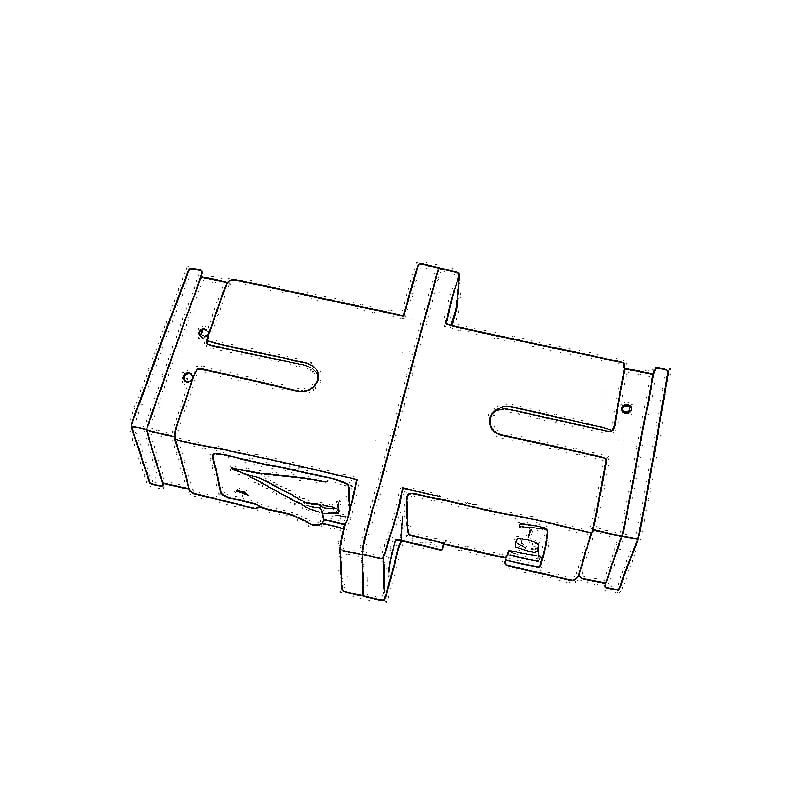
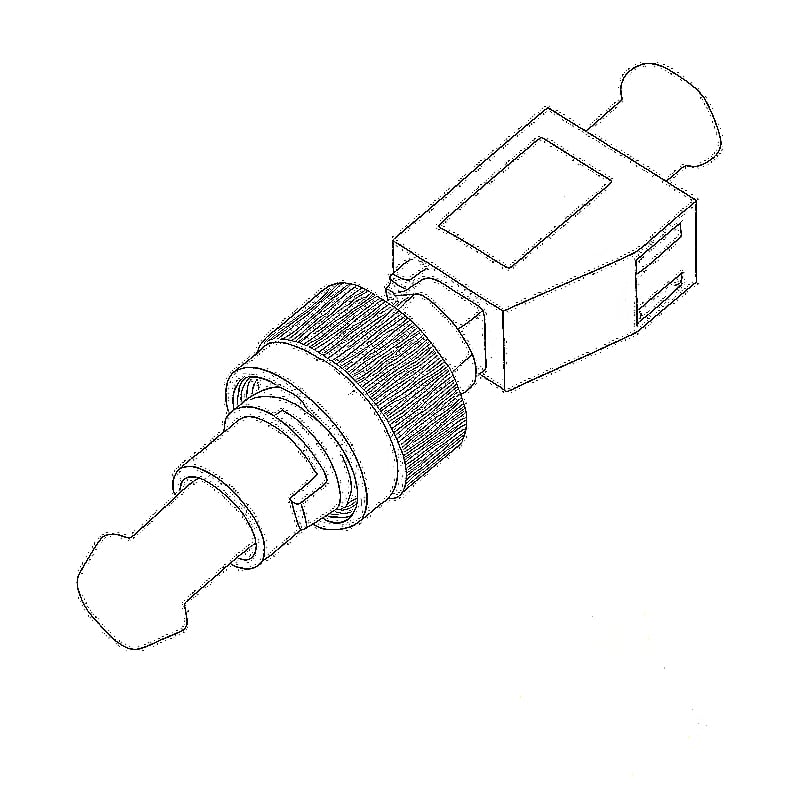
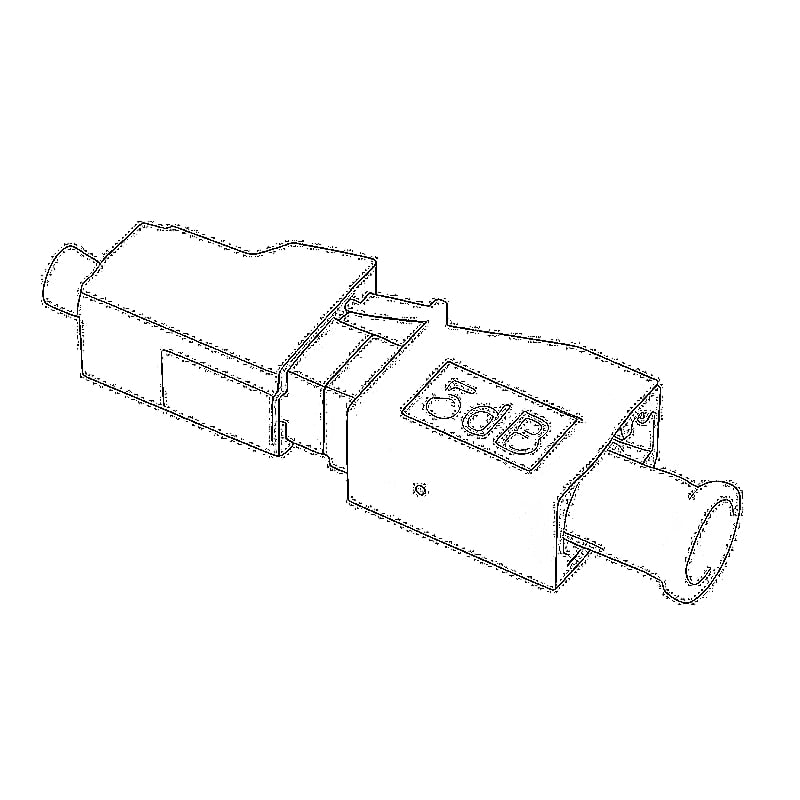
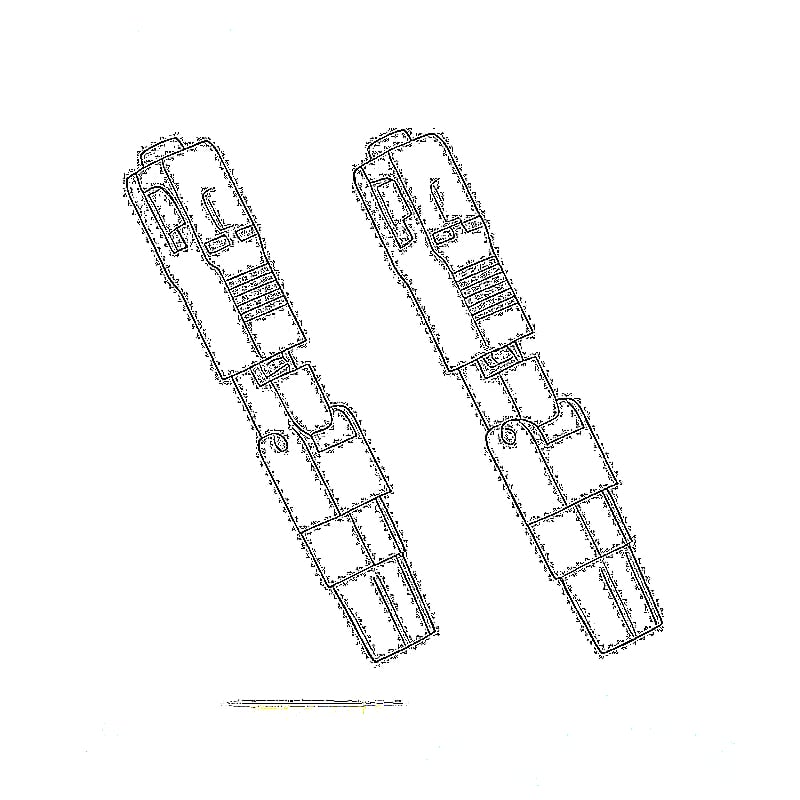
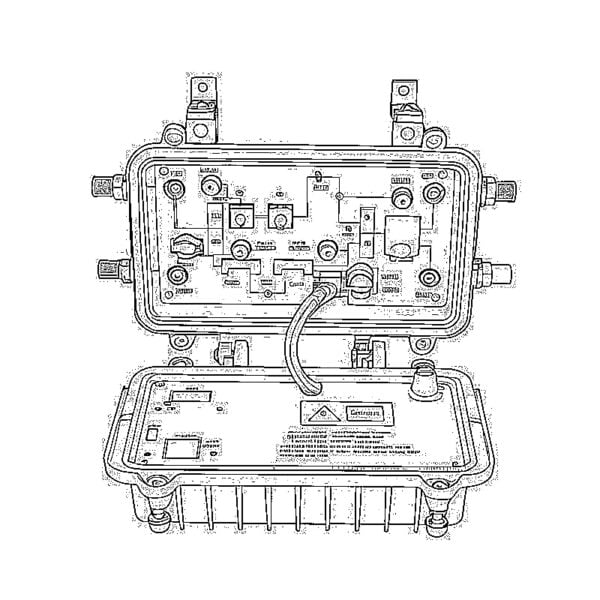
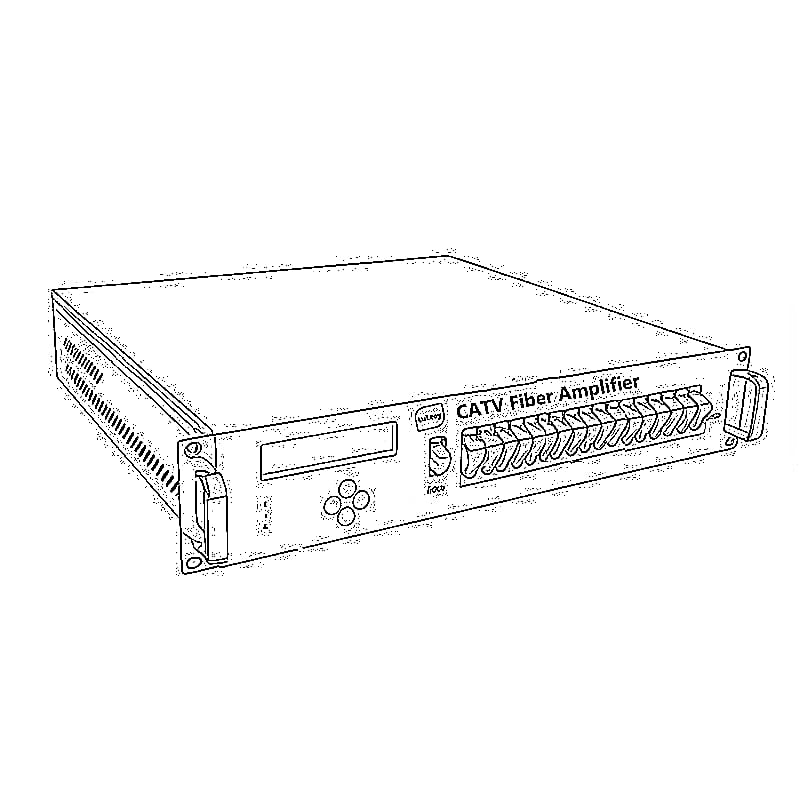
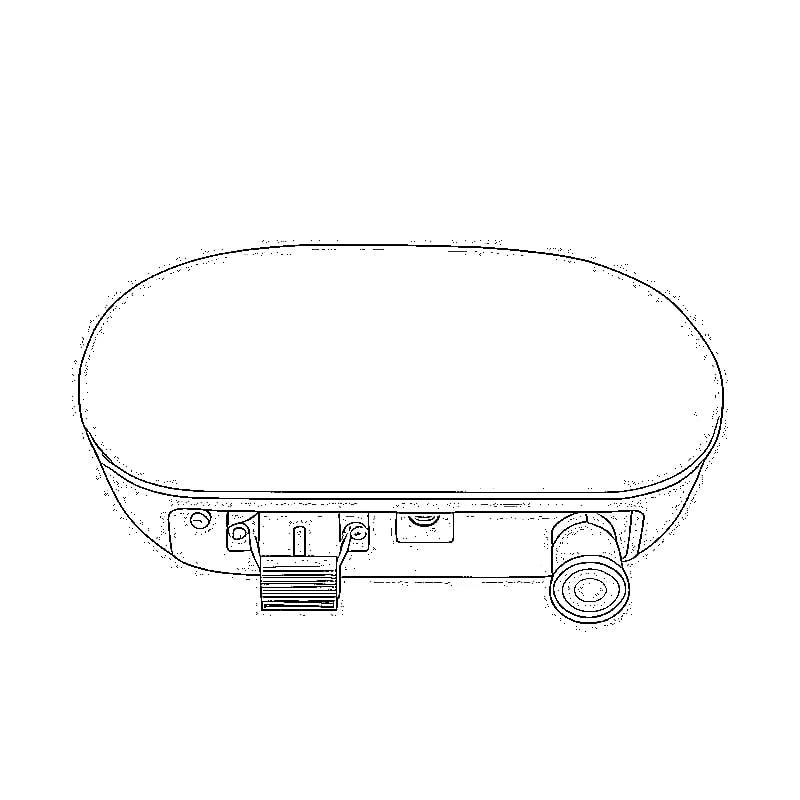
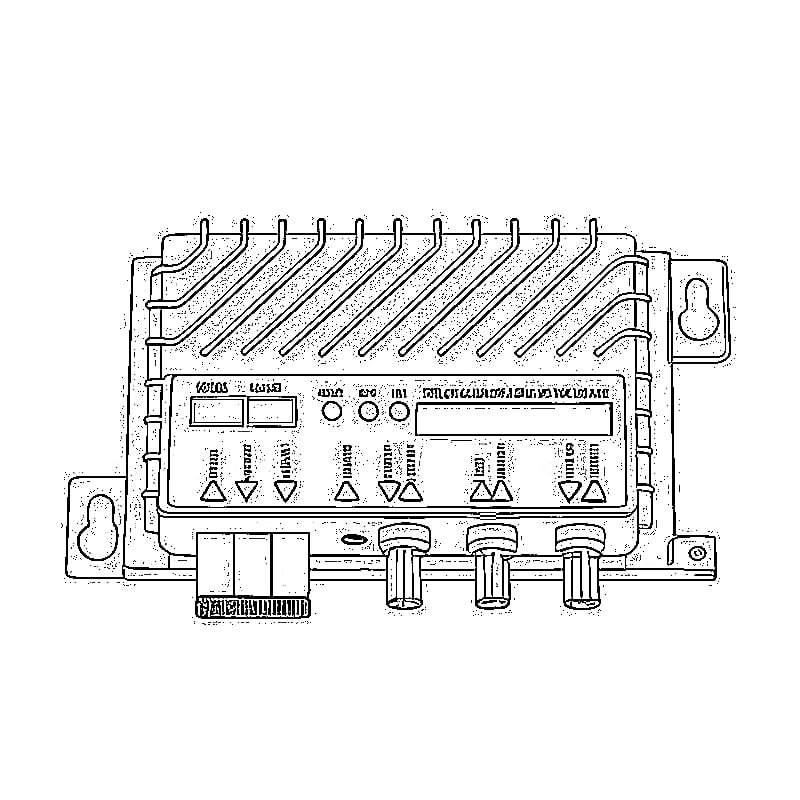

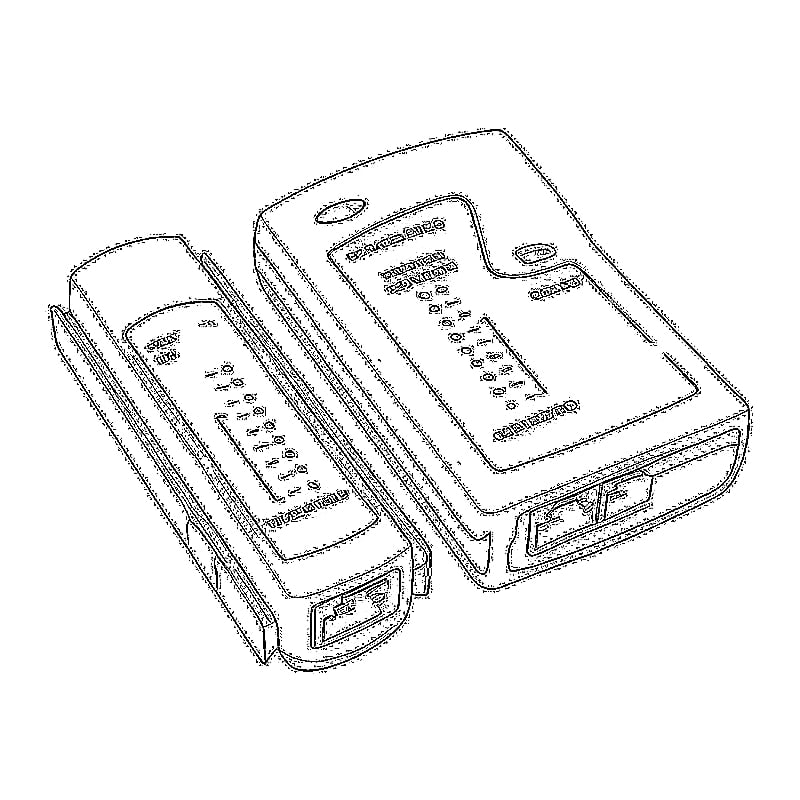
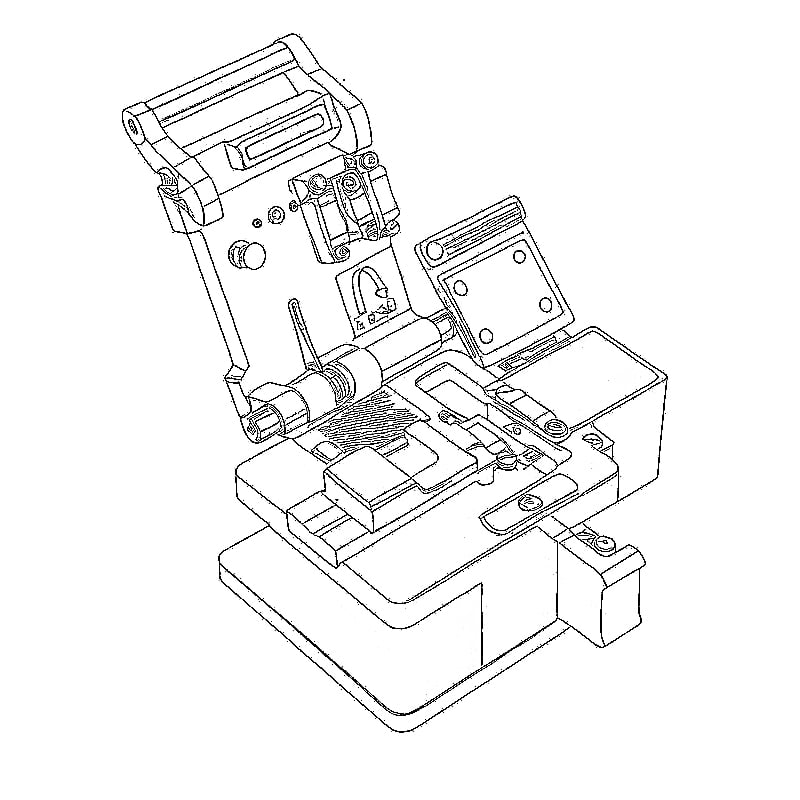
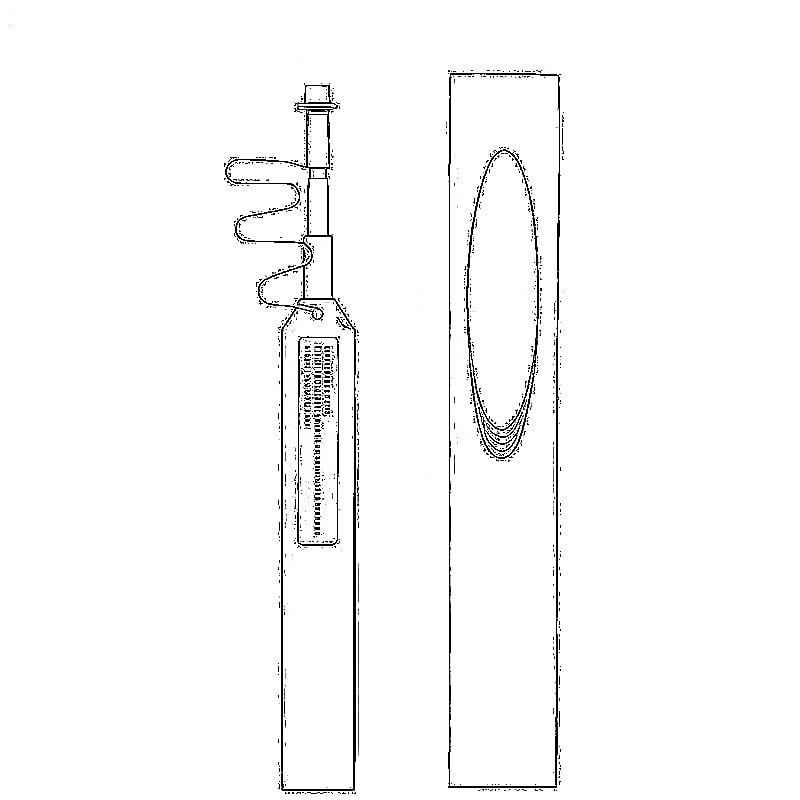
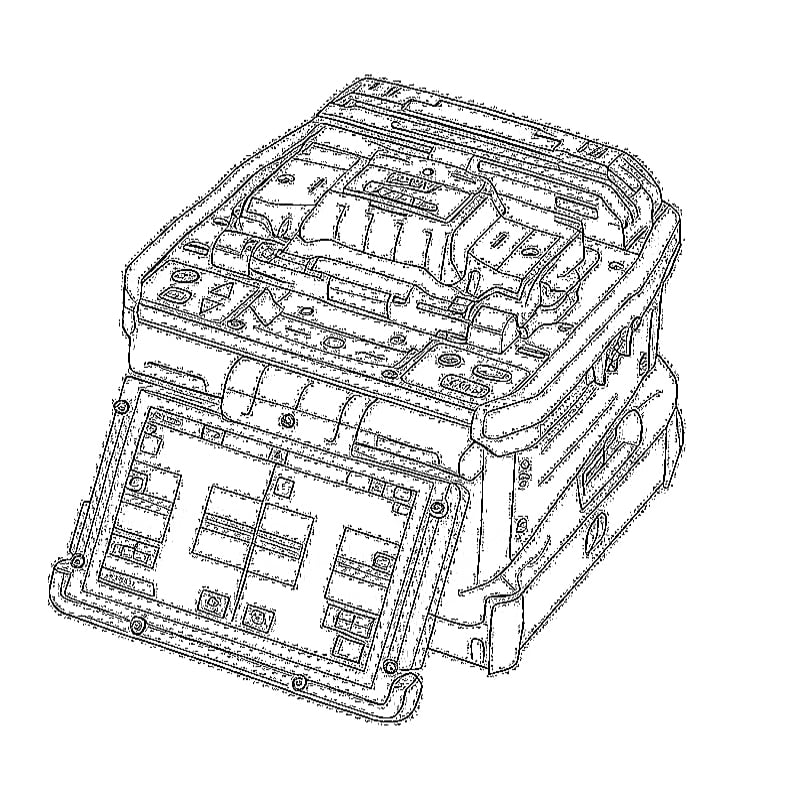
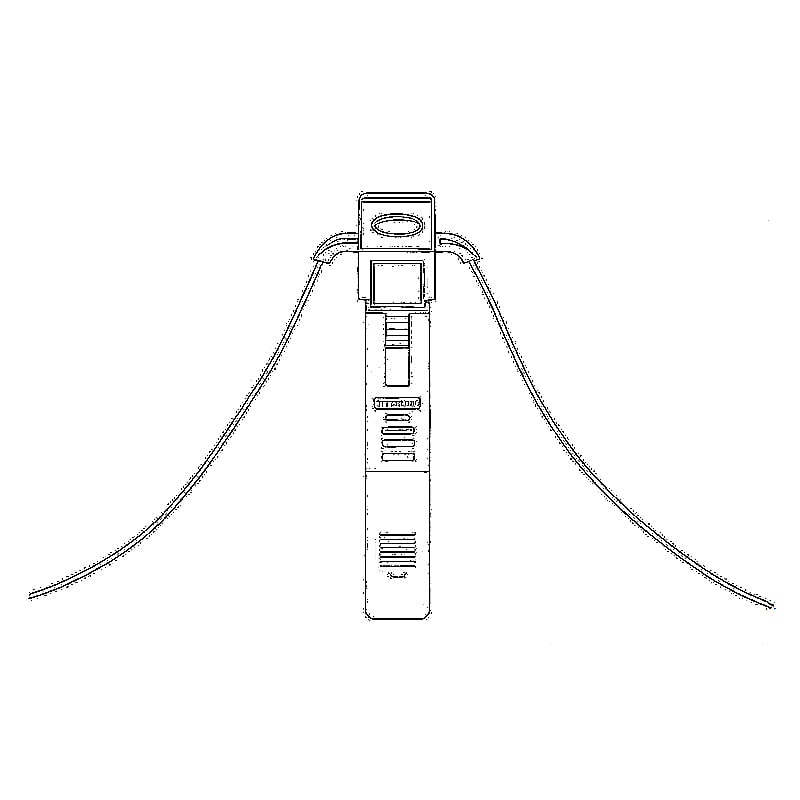
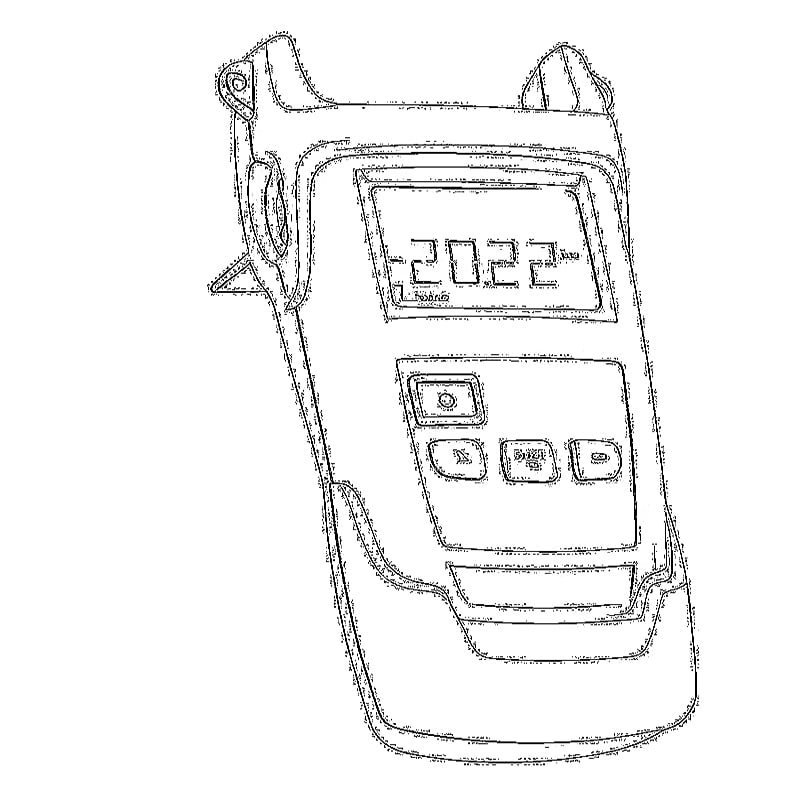
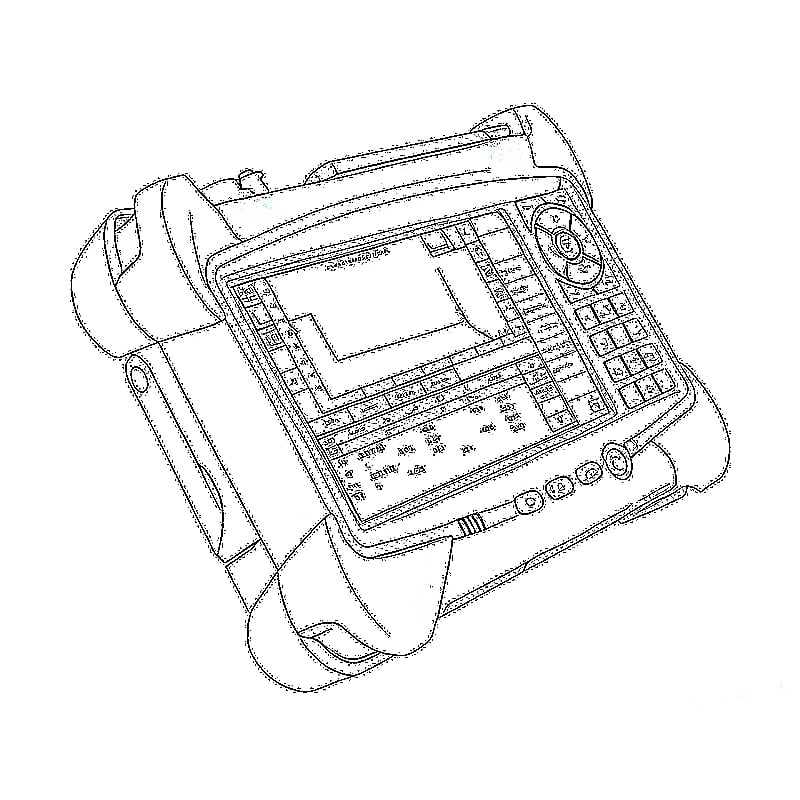
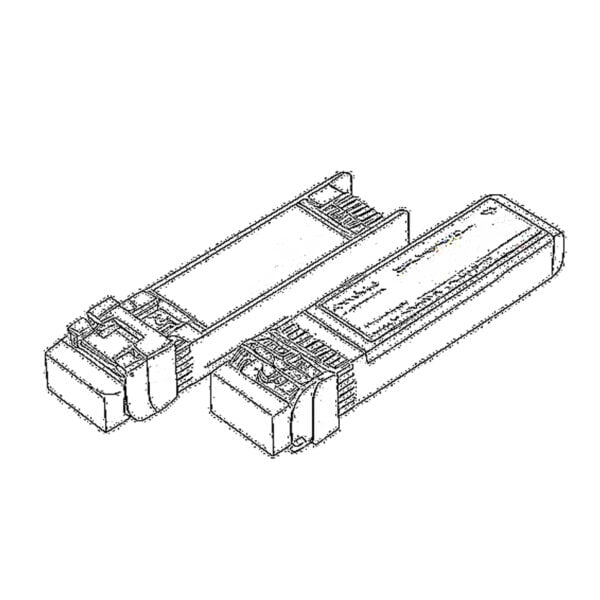 SFP/SFP+ (1G/2.5G/5G/10G)
SFP/SFP+ (1G/2.5G/5G/10G)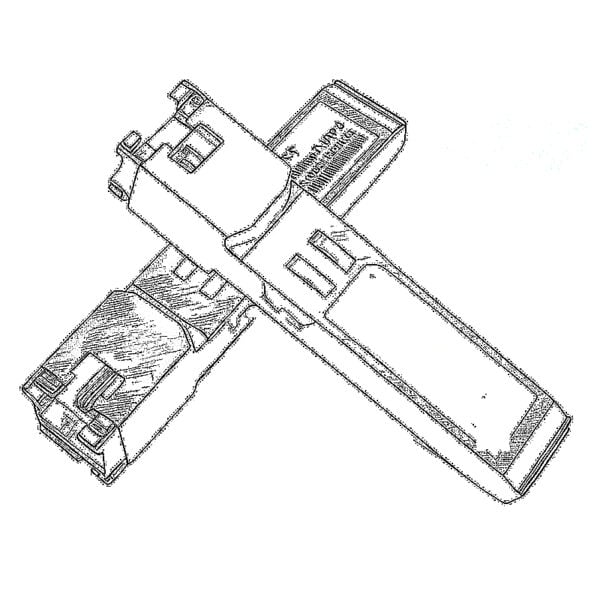 SFP-T (1G/2.5G/10G)
SFP-T (1G/2.5G/10G)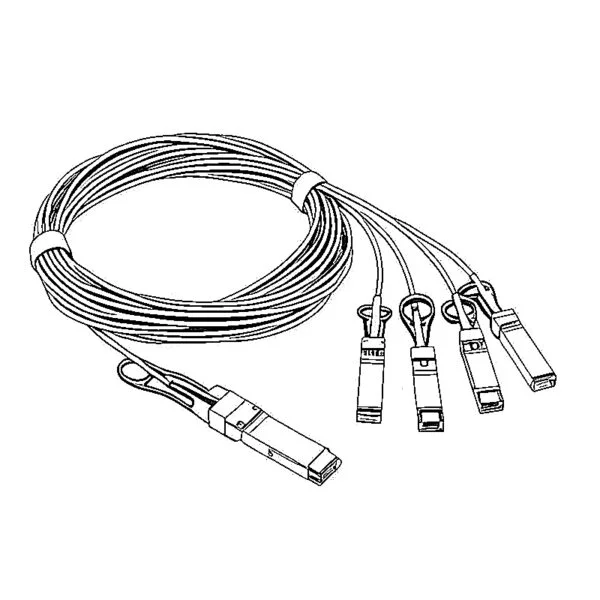 AOC Cable 10G/25G/40G/100G
AOC Cable 10G/25G/40G/100G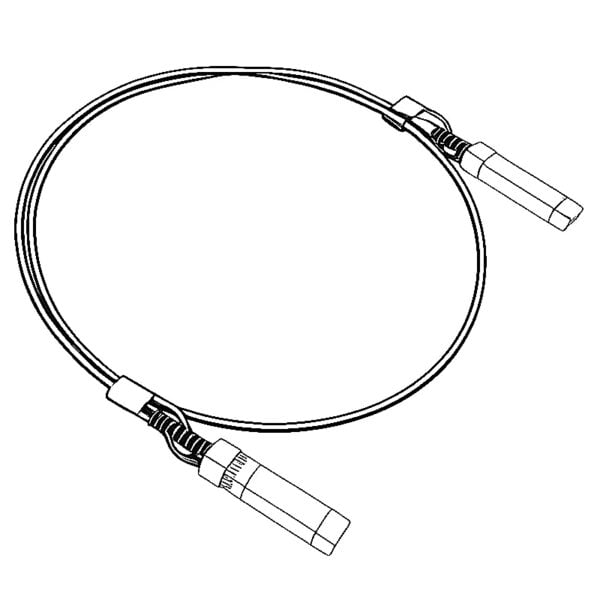 DAC Cable 10G/25G/40G/100G
DAC Cable 10G/25G/40G/100G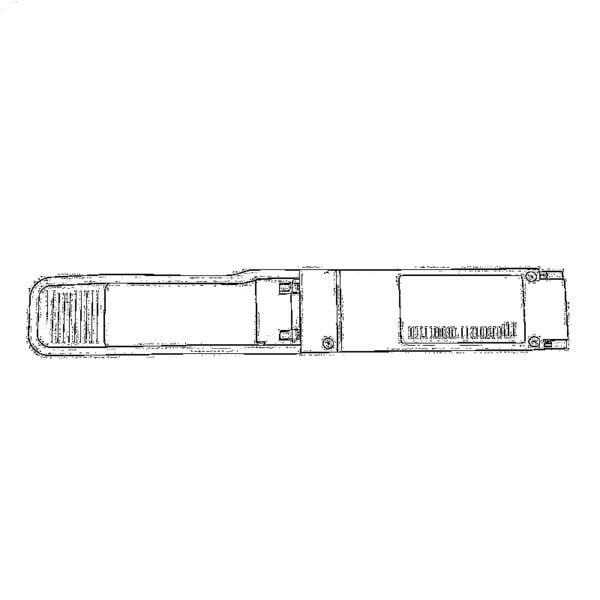 QSFP28 QSFP+ SFP28 100G/40G/25G
QSFP28 QSFP+ SFP28 100G/40G/25G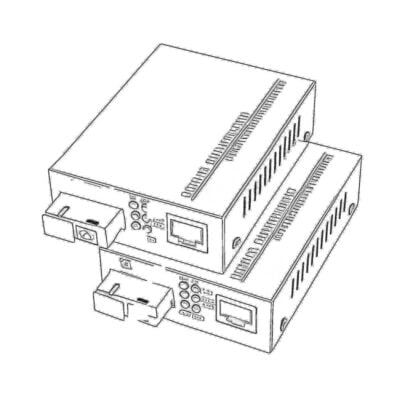 Copper to Fiber Media Converters
Copper to Fiber Media Converters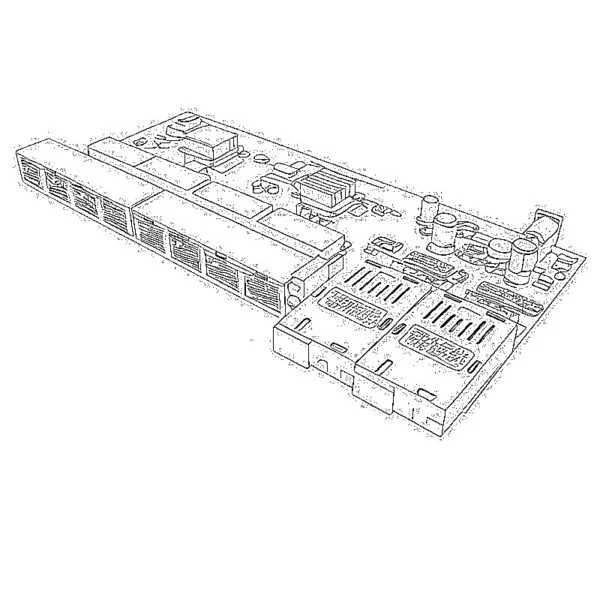 Fiber Media Converter PCBA Board
Fiber Media Converter PCBA Board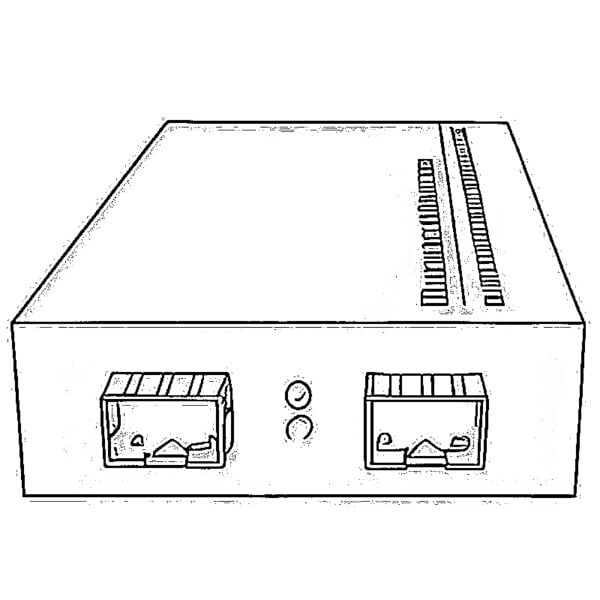 OEO Fiber Media Converters
OEO Fiber Media Converters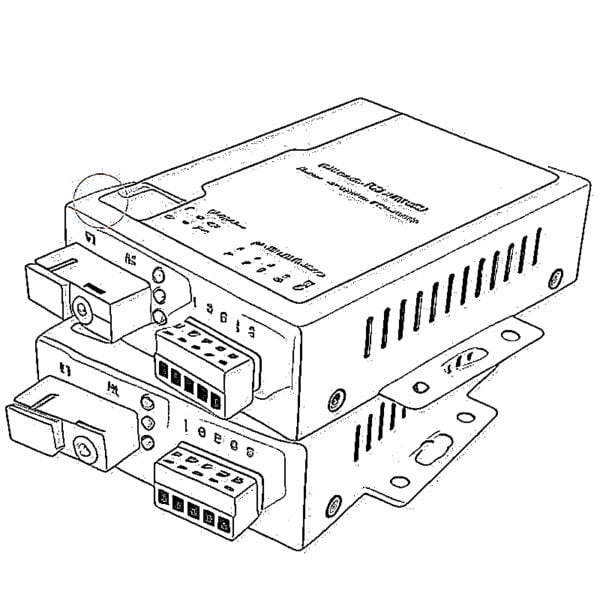 Serial to Fiber Media Converters
Serial to Fiber Media Converters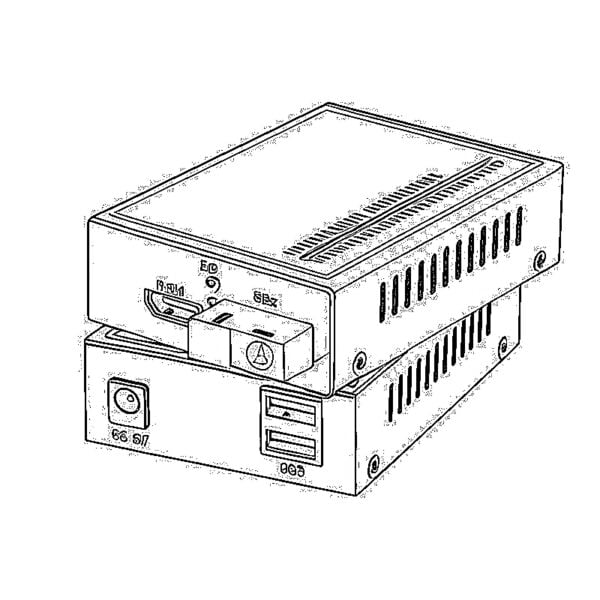 Video to Fiber Media Converters
Video to Fiber Media Converters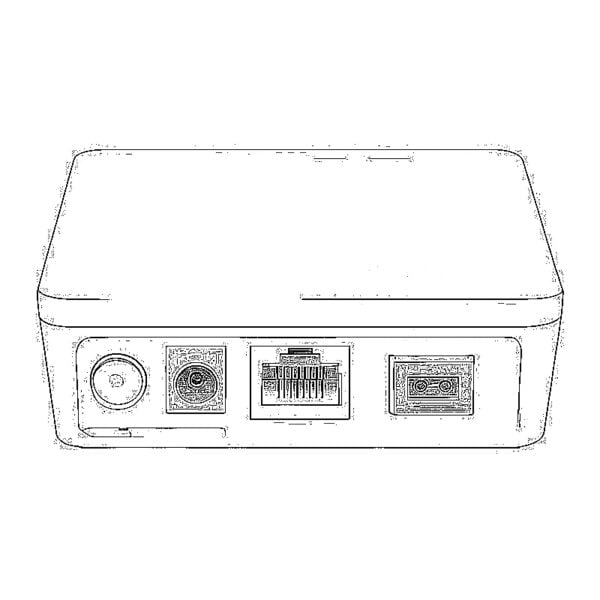 1000M GPON/EPON ONU
1000M GPON/EPON ONU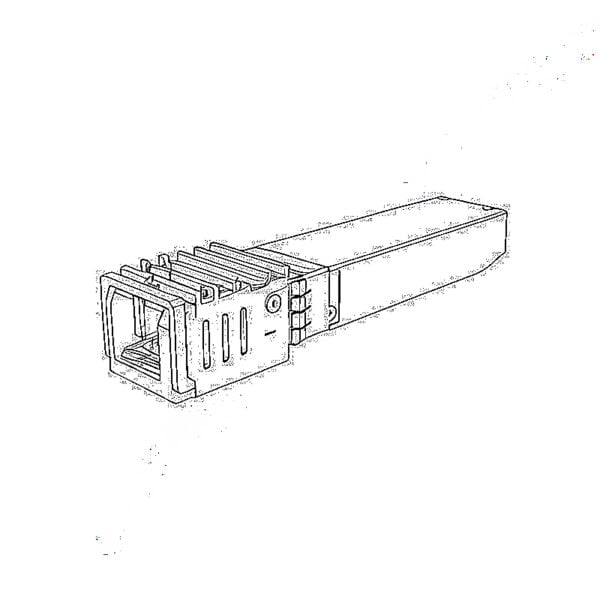 10G EPON ONU/XG-PON/XGS-PON
10G EPON ONU/XG-PON/XGS-PON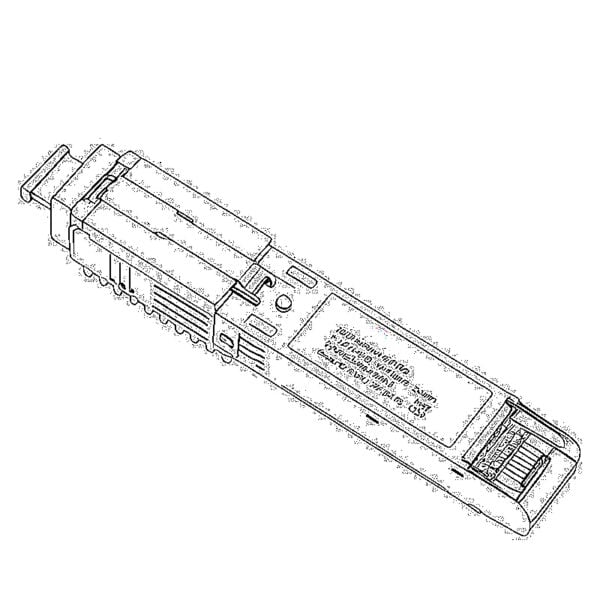 2.5G GPON/XPON STICK SFP ONU
2.5G GPON/XPON STICK SFP ONU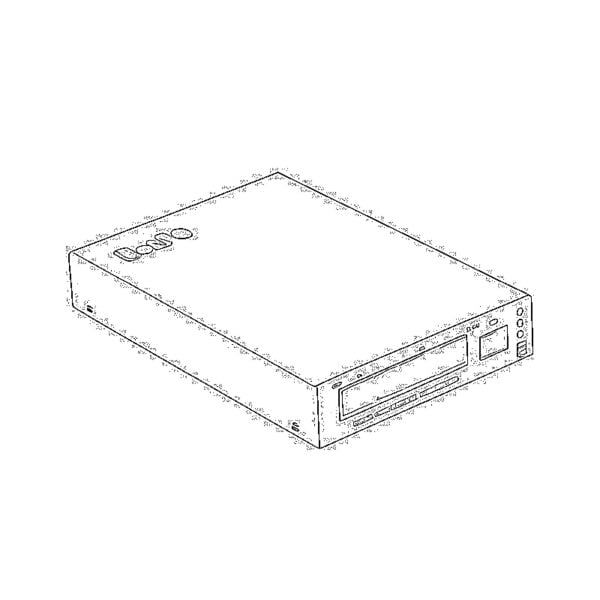 POE GPON/EPON ONU
POE GPON/EPON ONU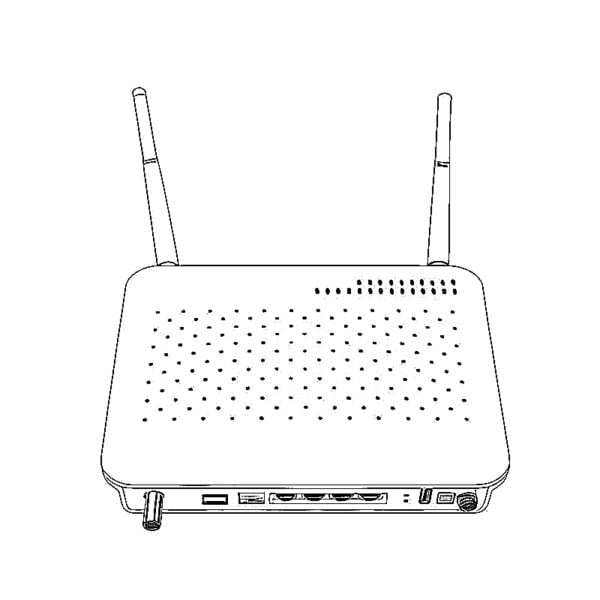 Wireless GPON/EPON ONT
Wireless GPON/EPON ONT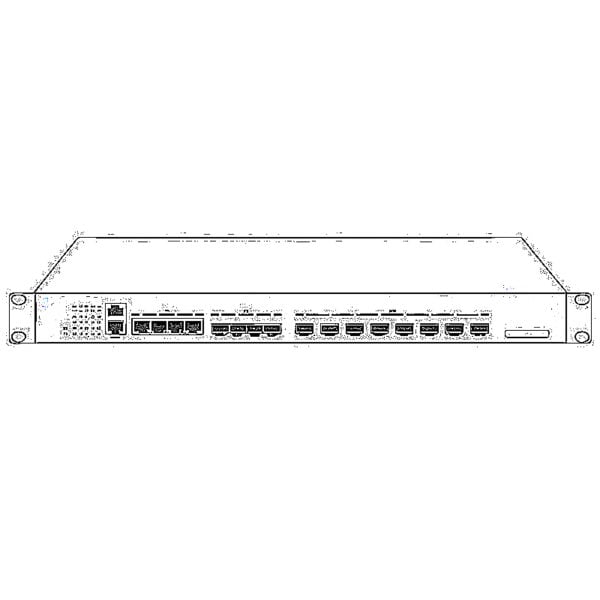 EPON OLT
EPON OLT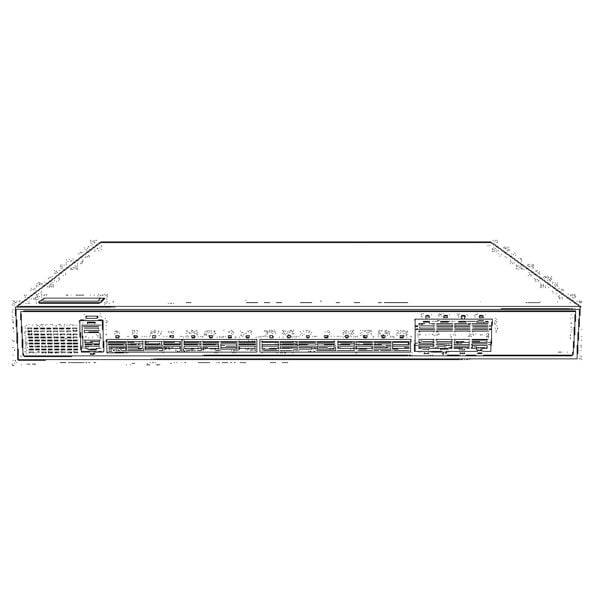 GPON OLT
GPON OLT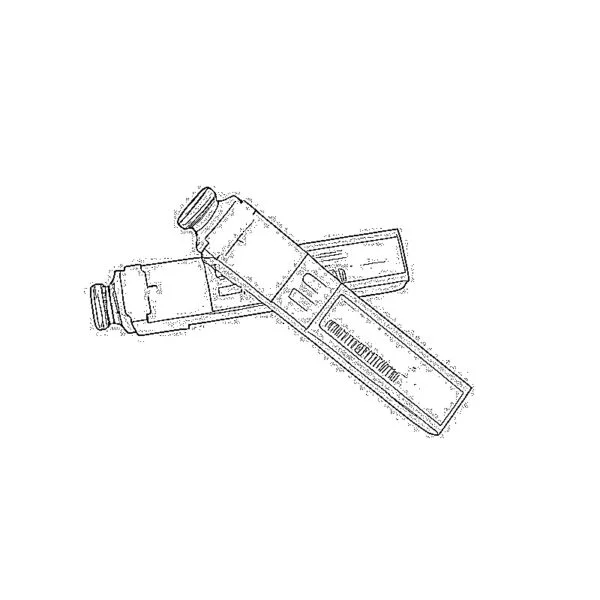 SFP PON Module
SFP PON Module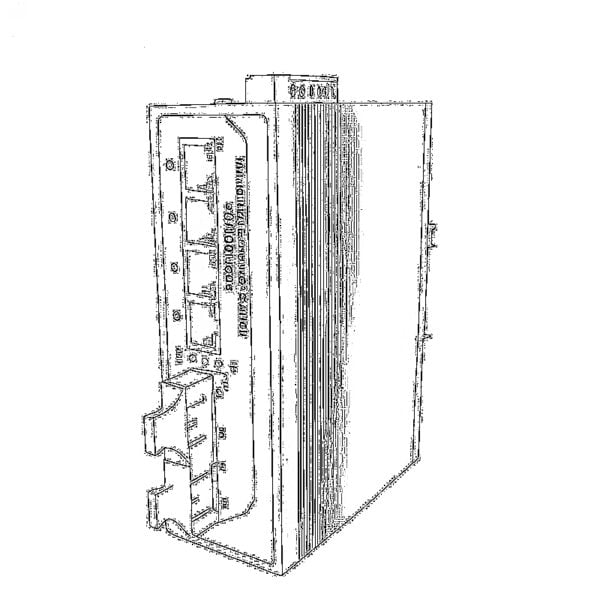 Industrial Switches
Industrial Switches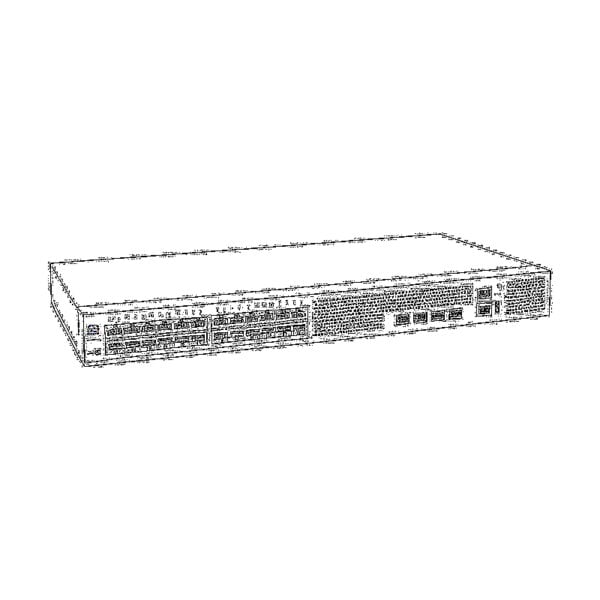 Managed Switches
Managed Switches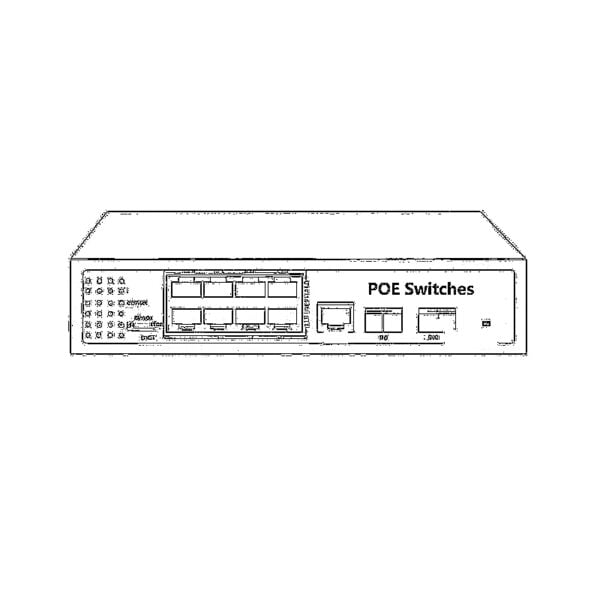 POE Switches
POE Switches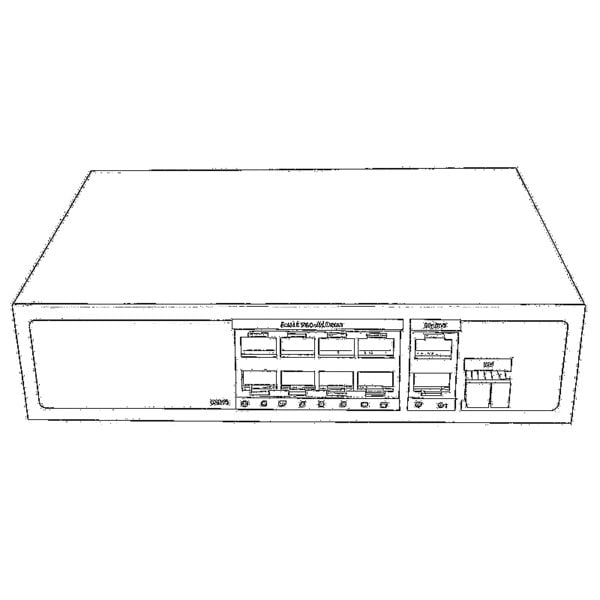 Unmanaged Switches
Unmanaged Switches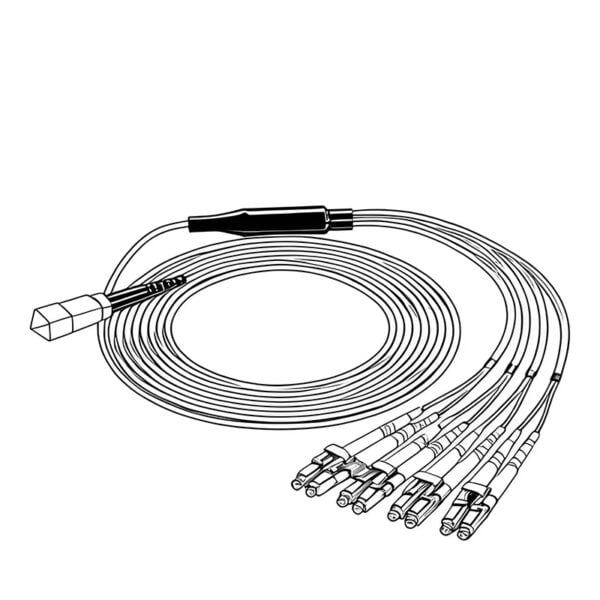 MTP/MPO Fiber Cables
MTP/MPO Fiber Cables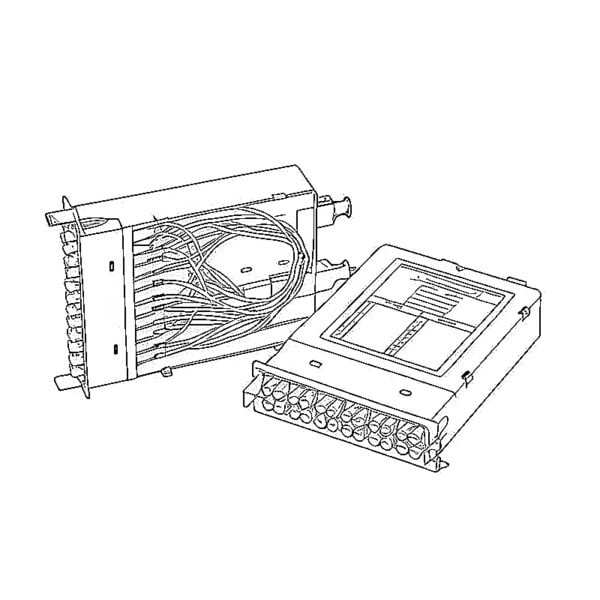 Fiber Optic Cassettes
Fiber Optic Cassettes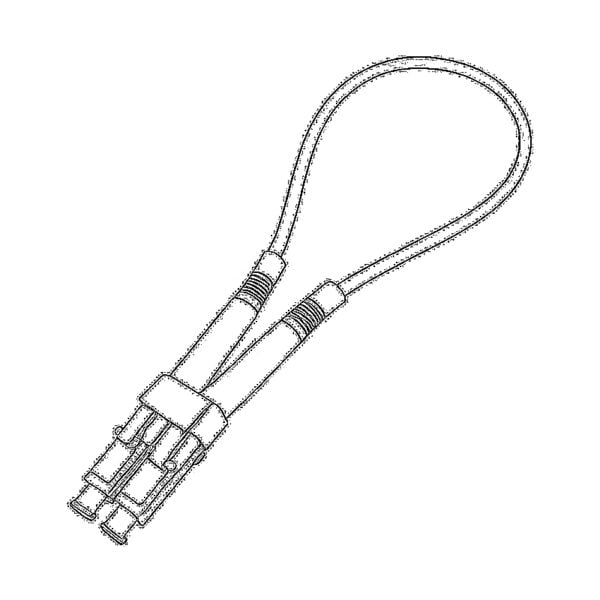 Fiber Optic Loopback
Fiber Optic Loopback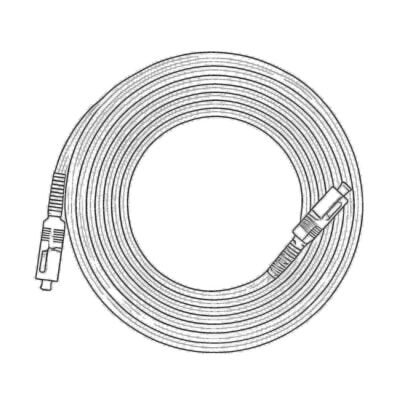 Optic Cables and Fiber Pigtails
Optic Cables and Fiber Pigtails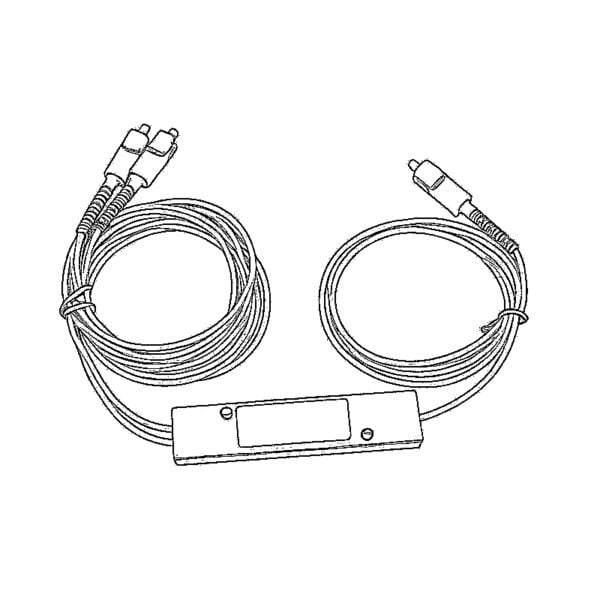 Optical Splitters and Splitter Box
Optical Splitters and Splitter Box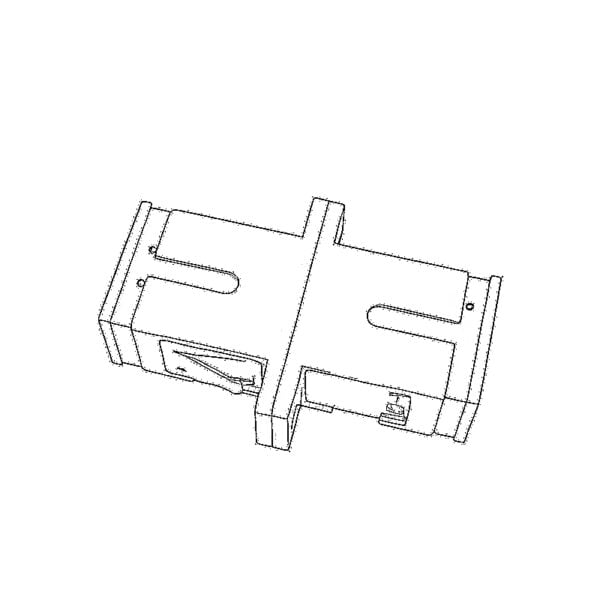 Fiber Flange Connectors
Fiber Flange Connectors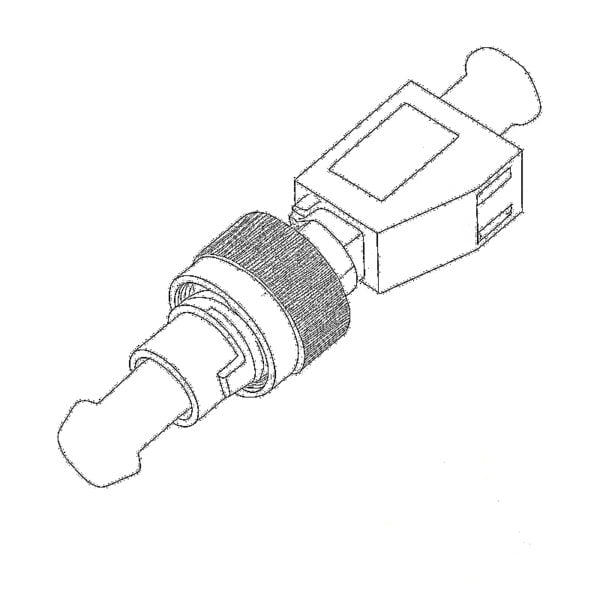 Optical Adapters
Optical Adapters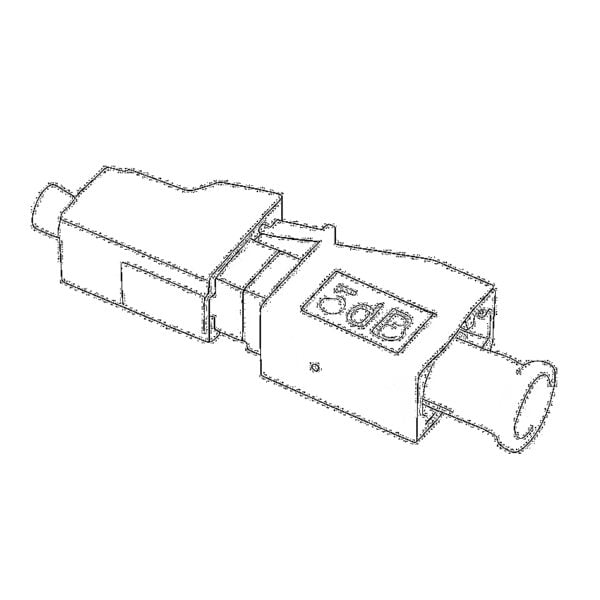 Optical Attenuator
Optical Attenuator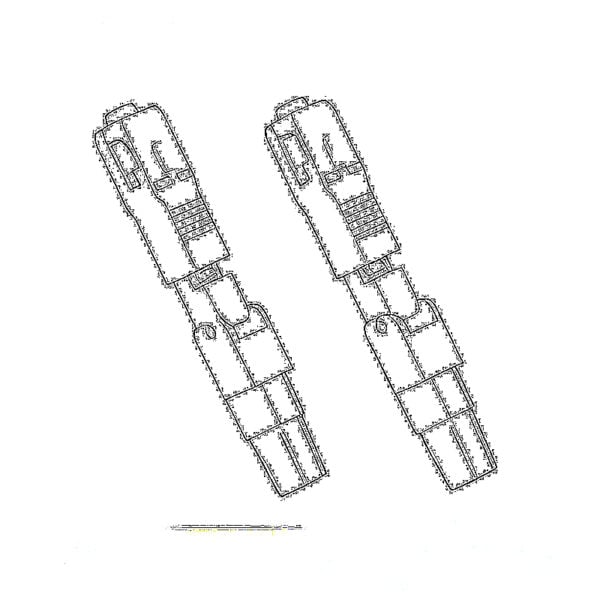 Quick Connector and Connector Panel
Quick Connector and Connector Panel CATV Amplifier
CATV Amplifier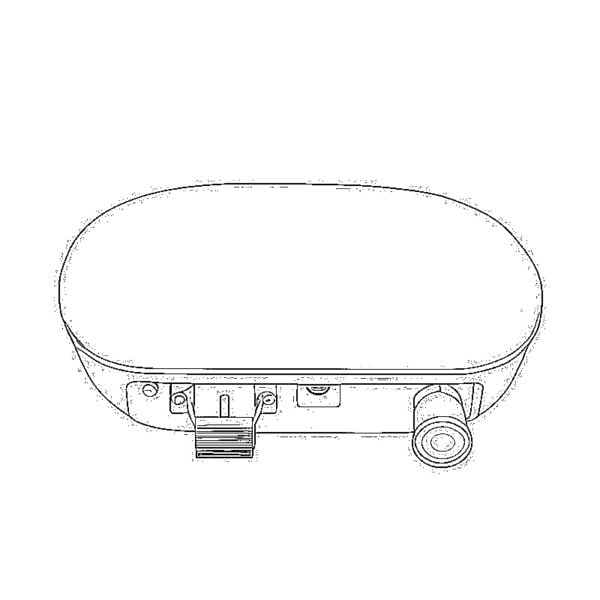 CATV Optical Receiver
CATV Optical Receiver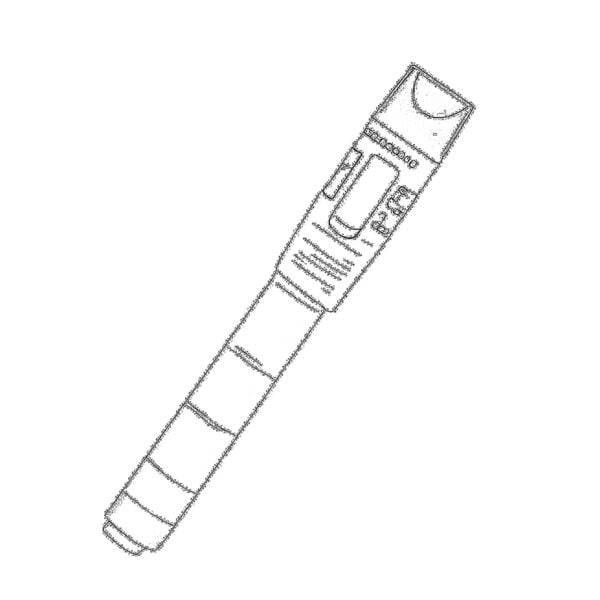 Visual Fault Locator
Visual Fault Locator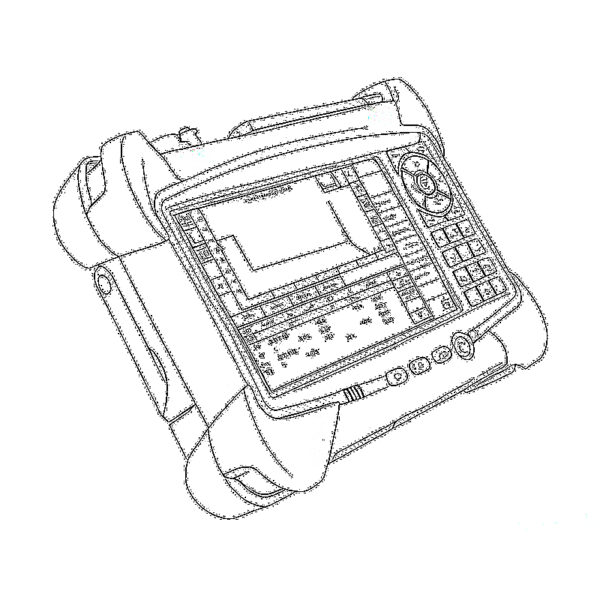 OTDR
OTDR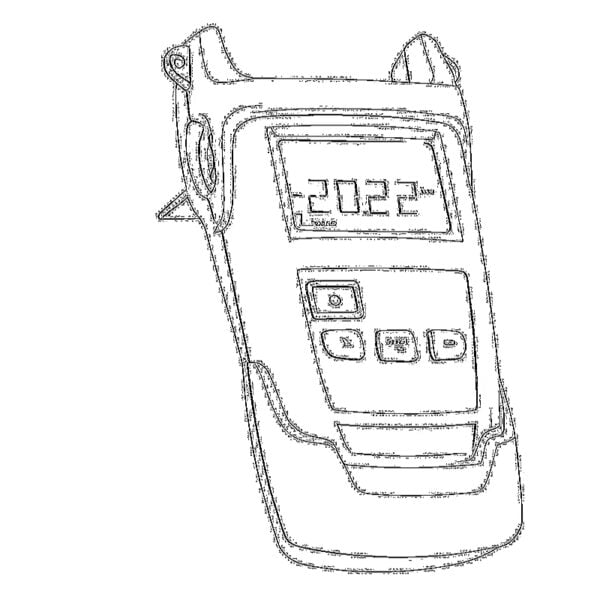 Optical Power Meter
Optical Power Meter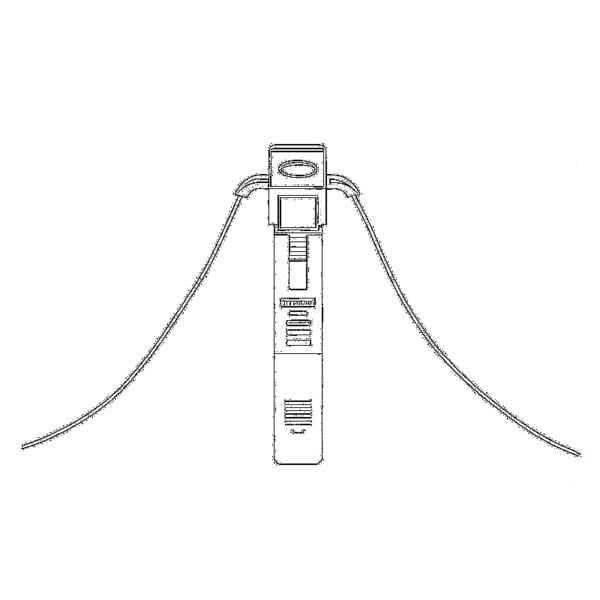 Fiber Optic Identifier
Fiber Optic Identifier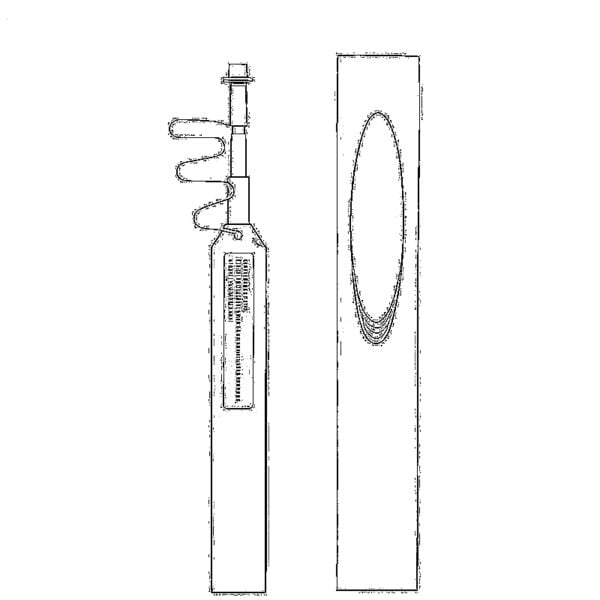 Fiber Optic Cleaners
Fiber Optic Cleaners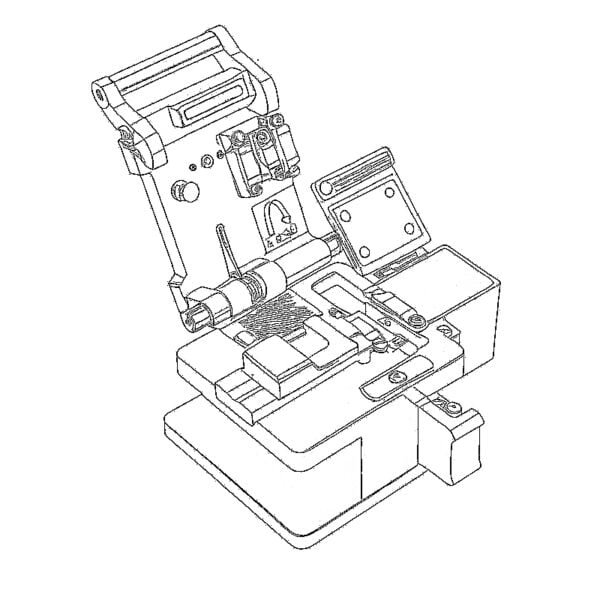 Fiber Cleavers & Fiber Strippers
Fiber Cleavers & Fiber Strippers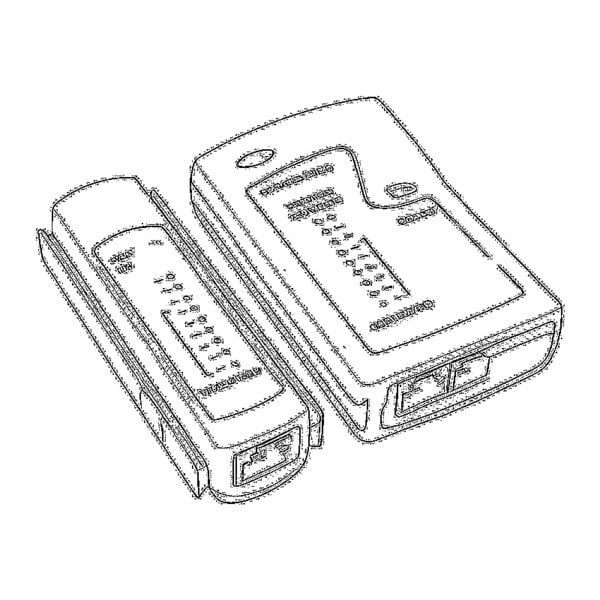 Copper Tools
Copper Tools